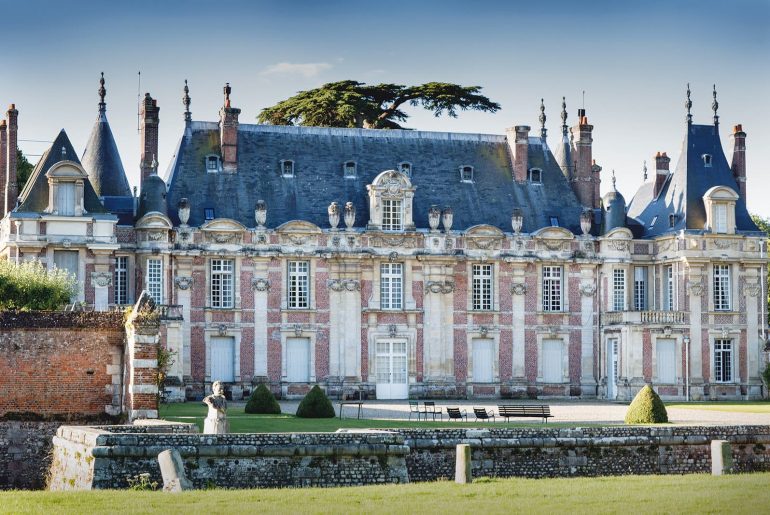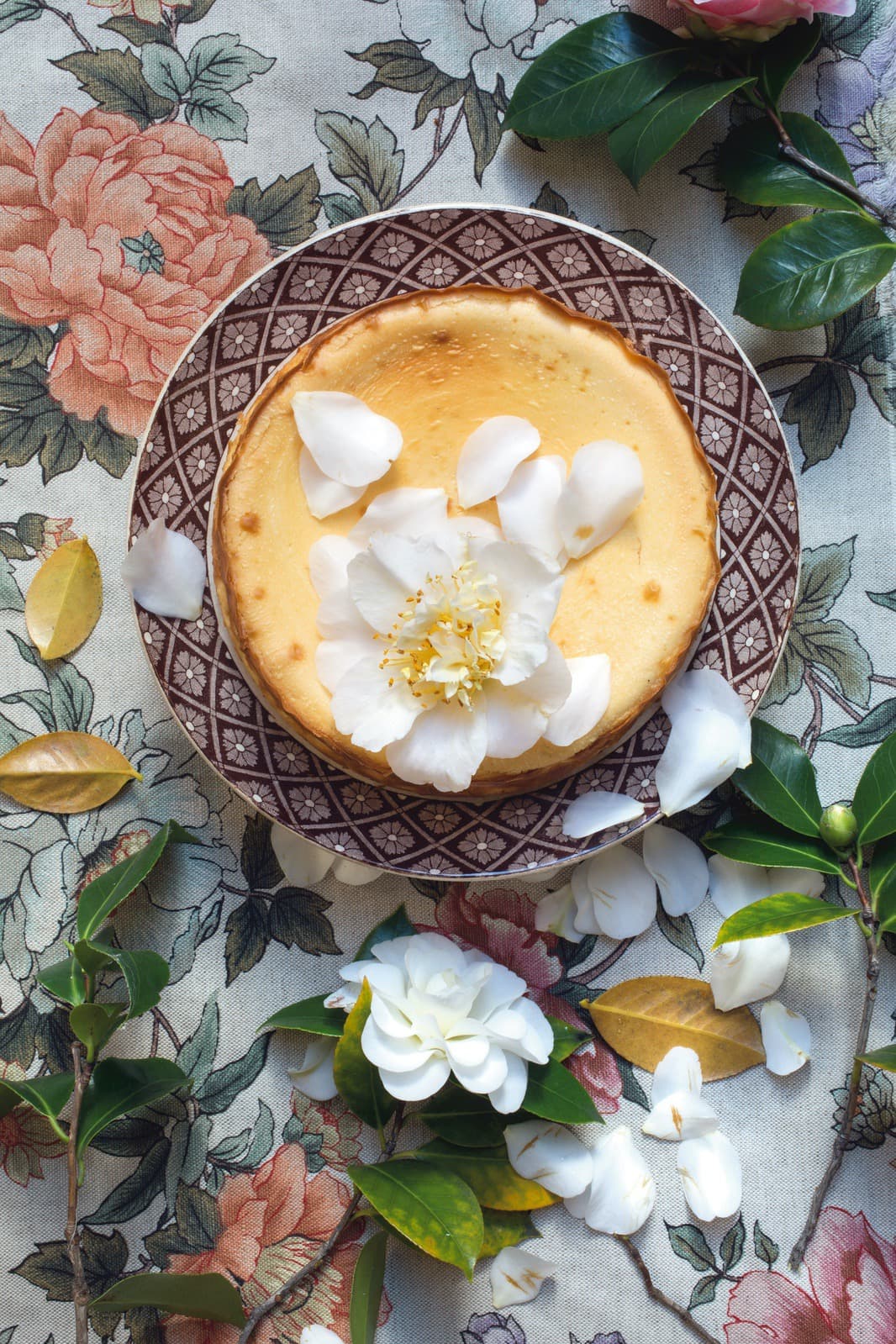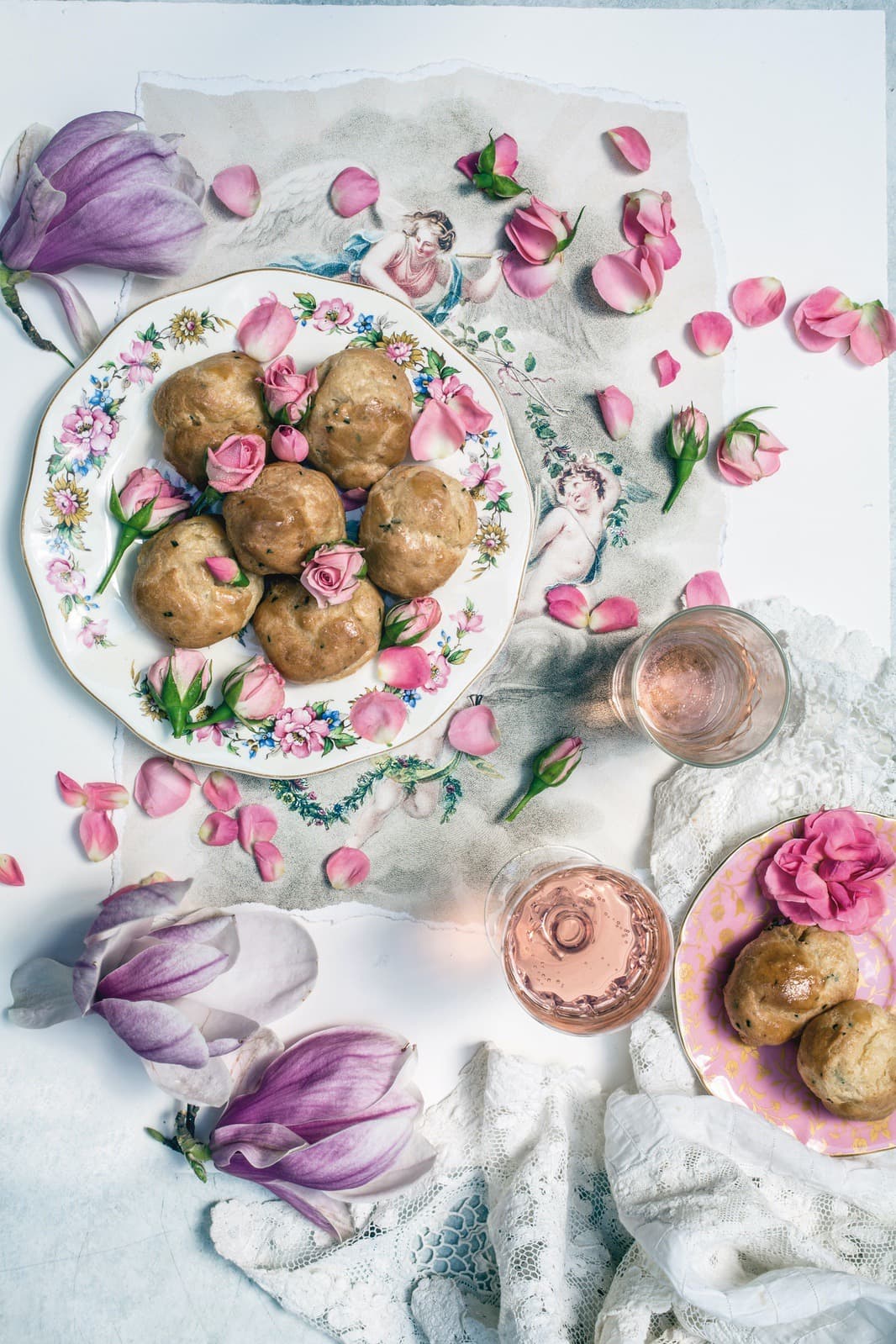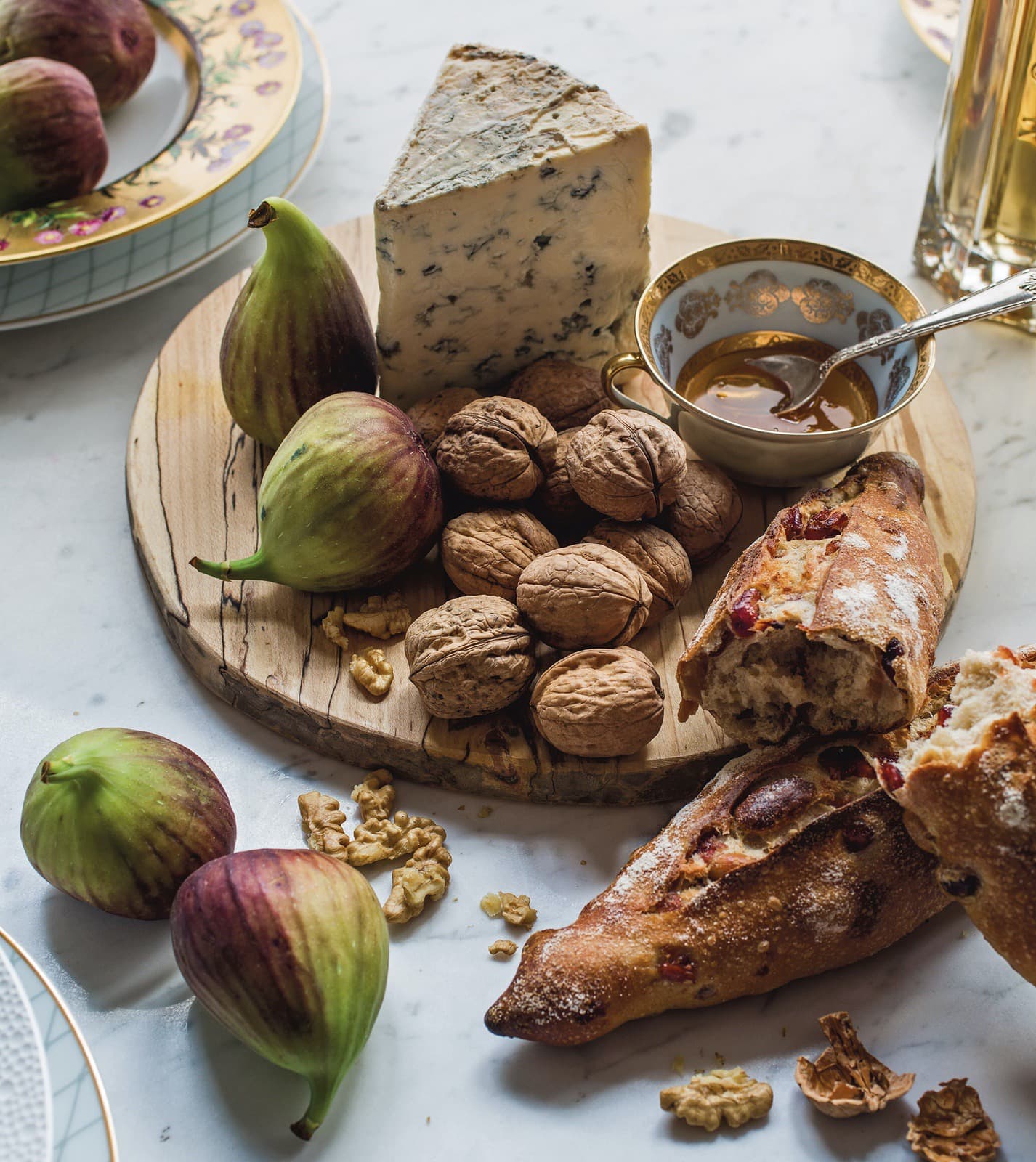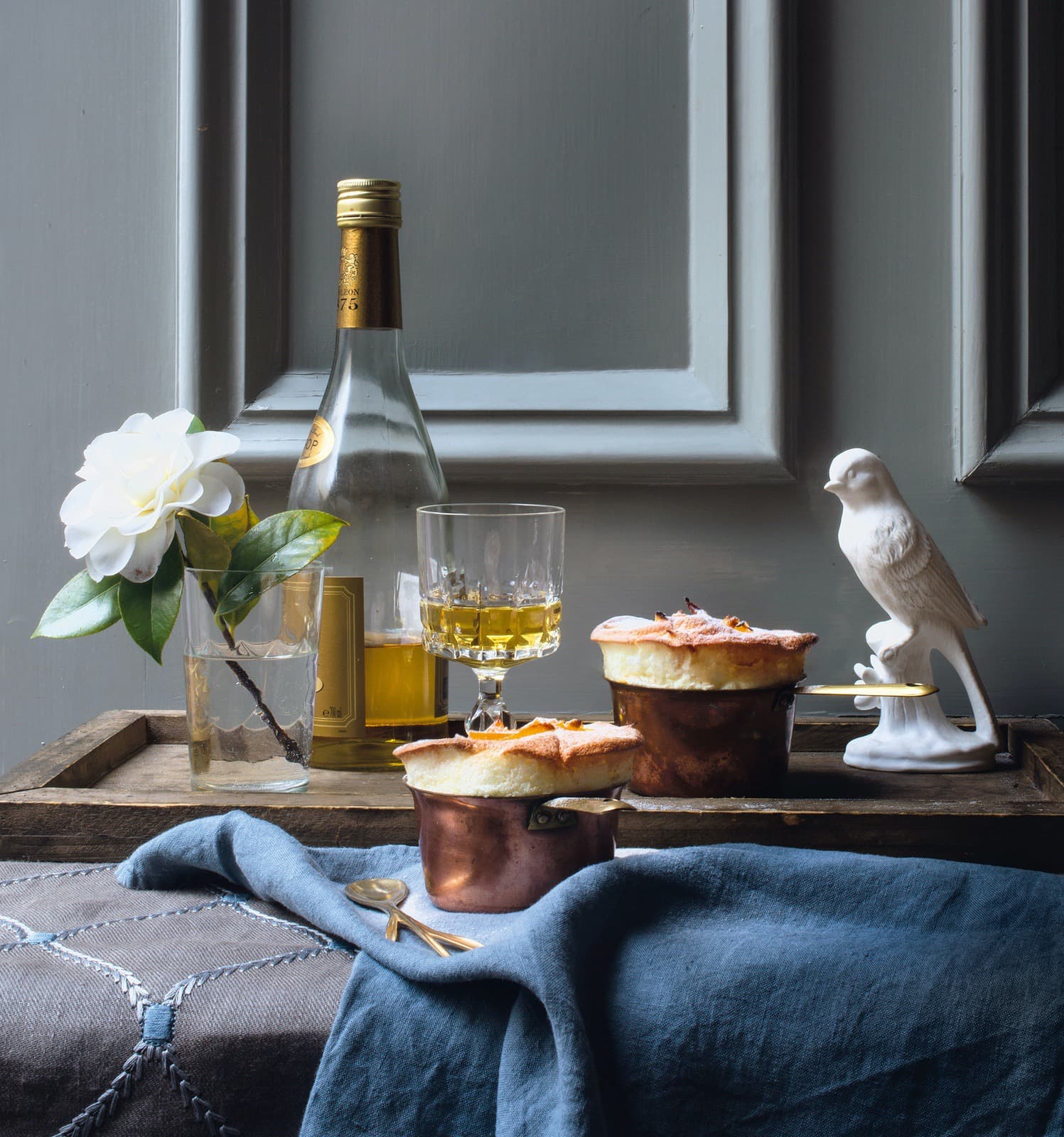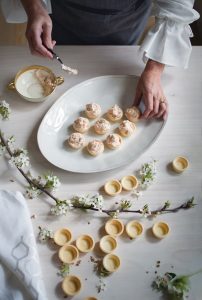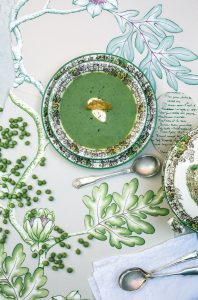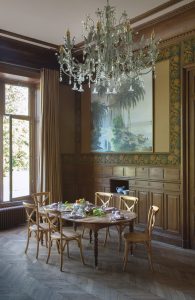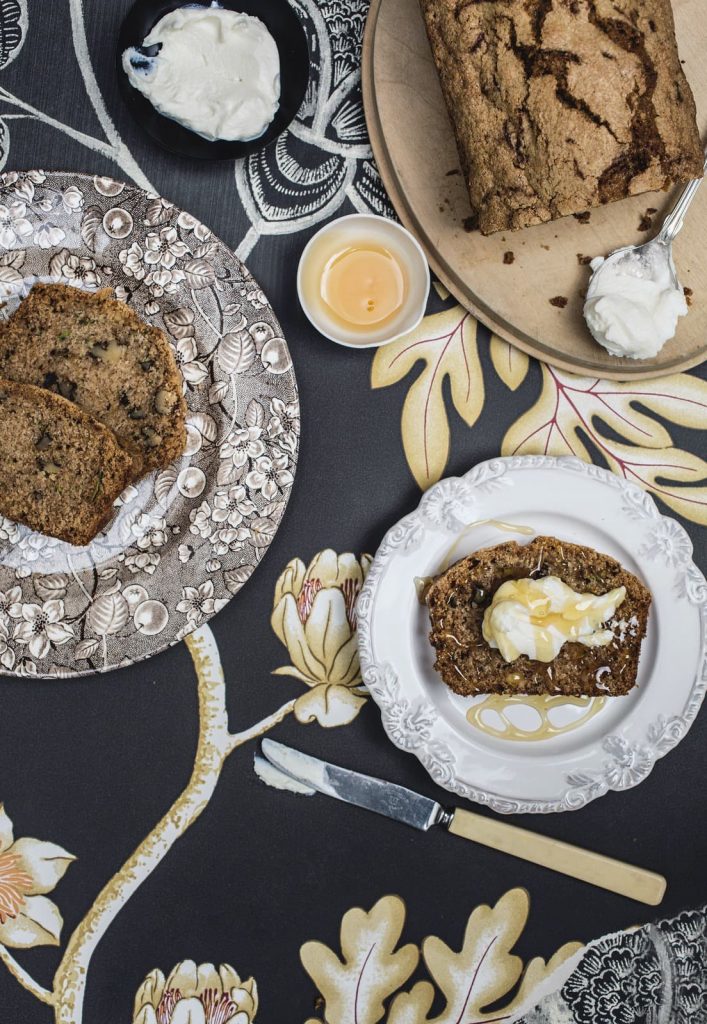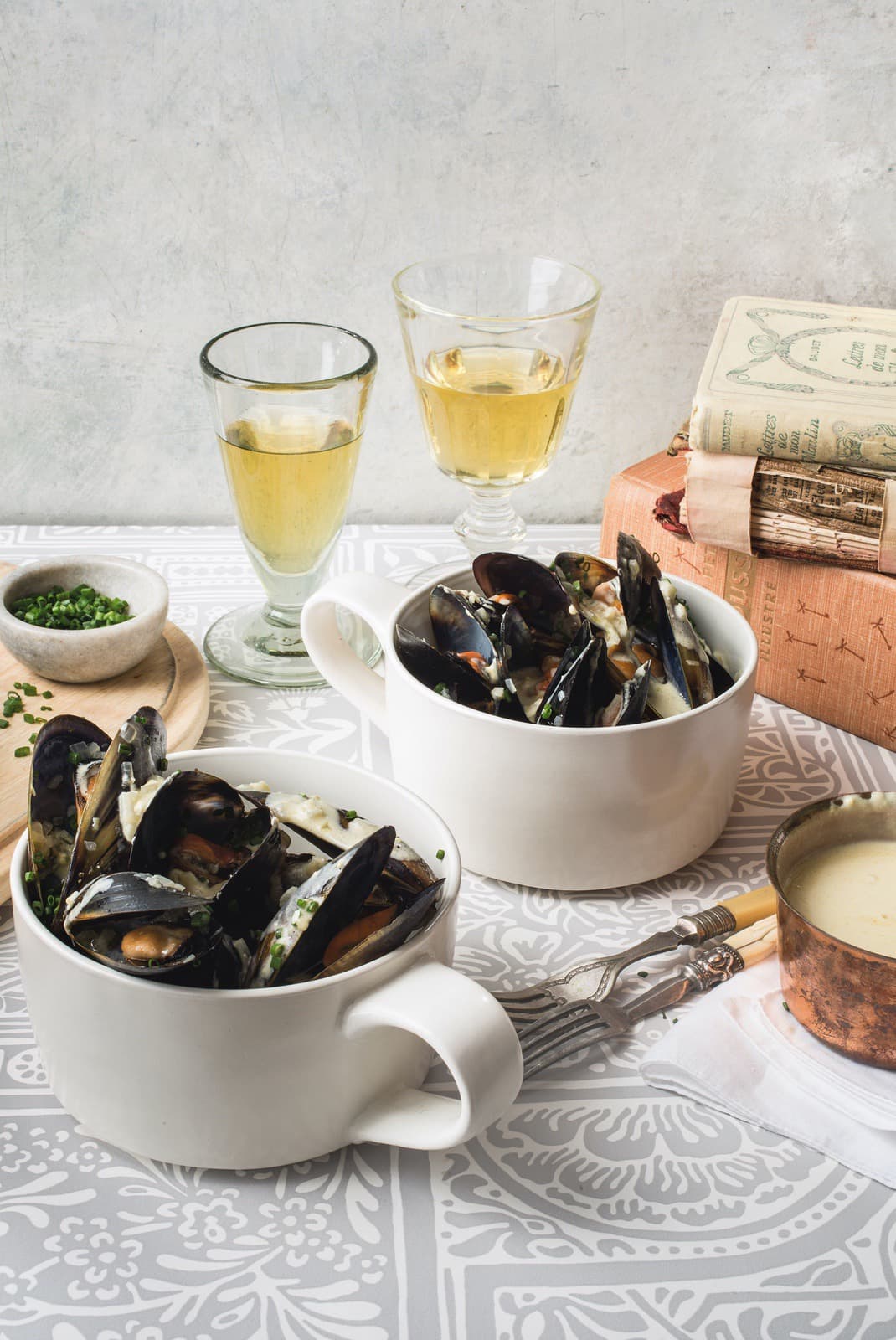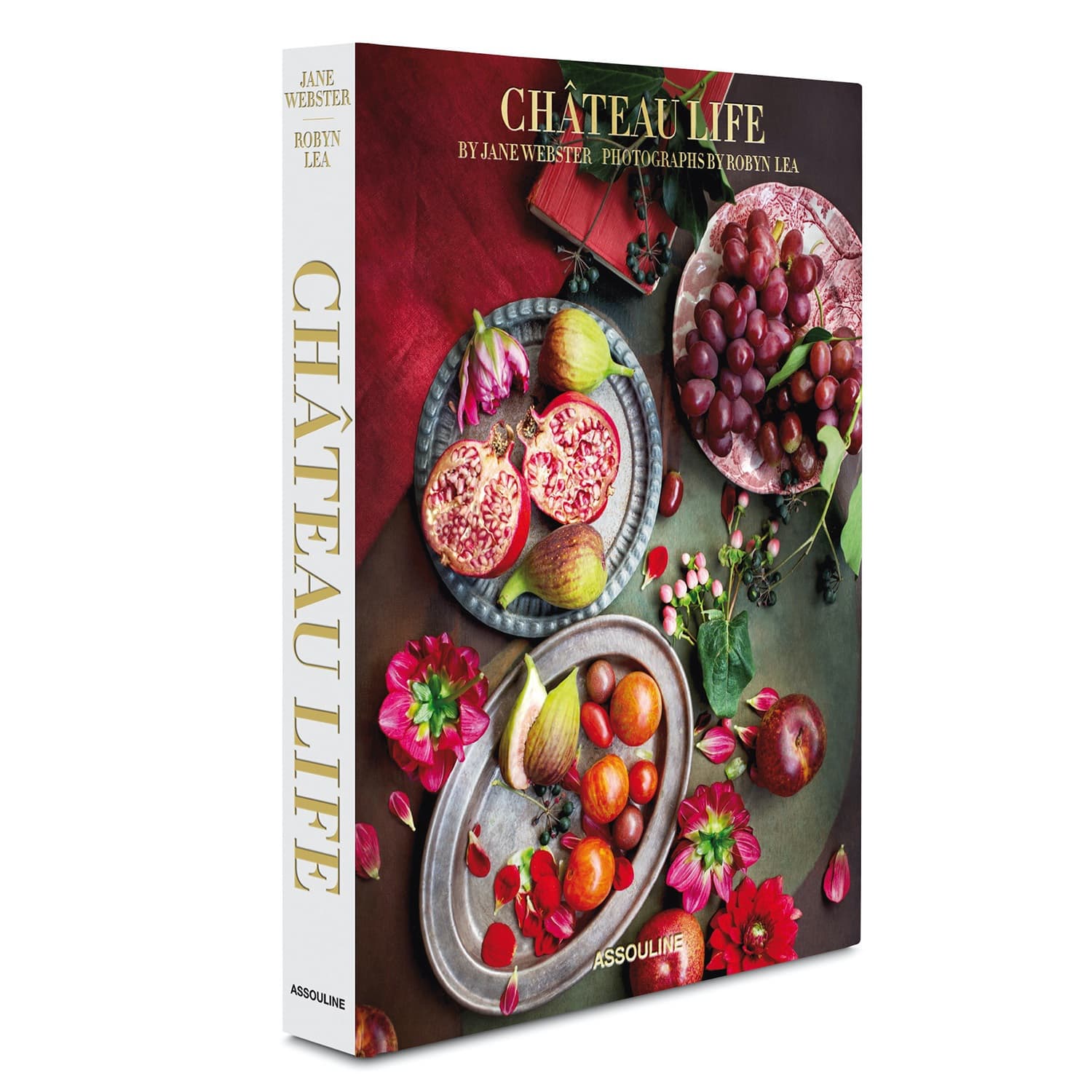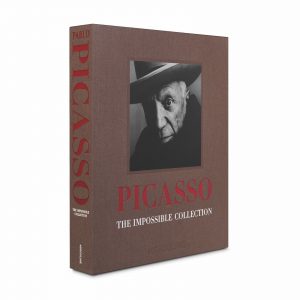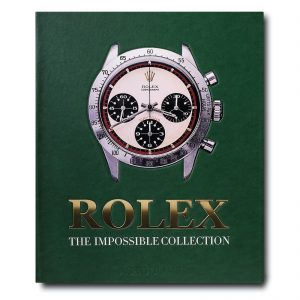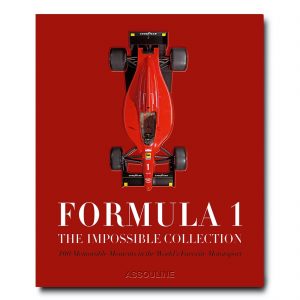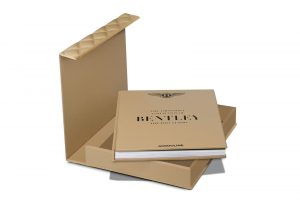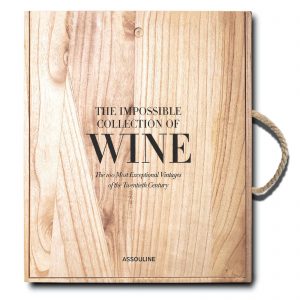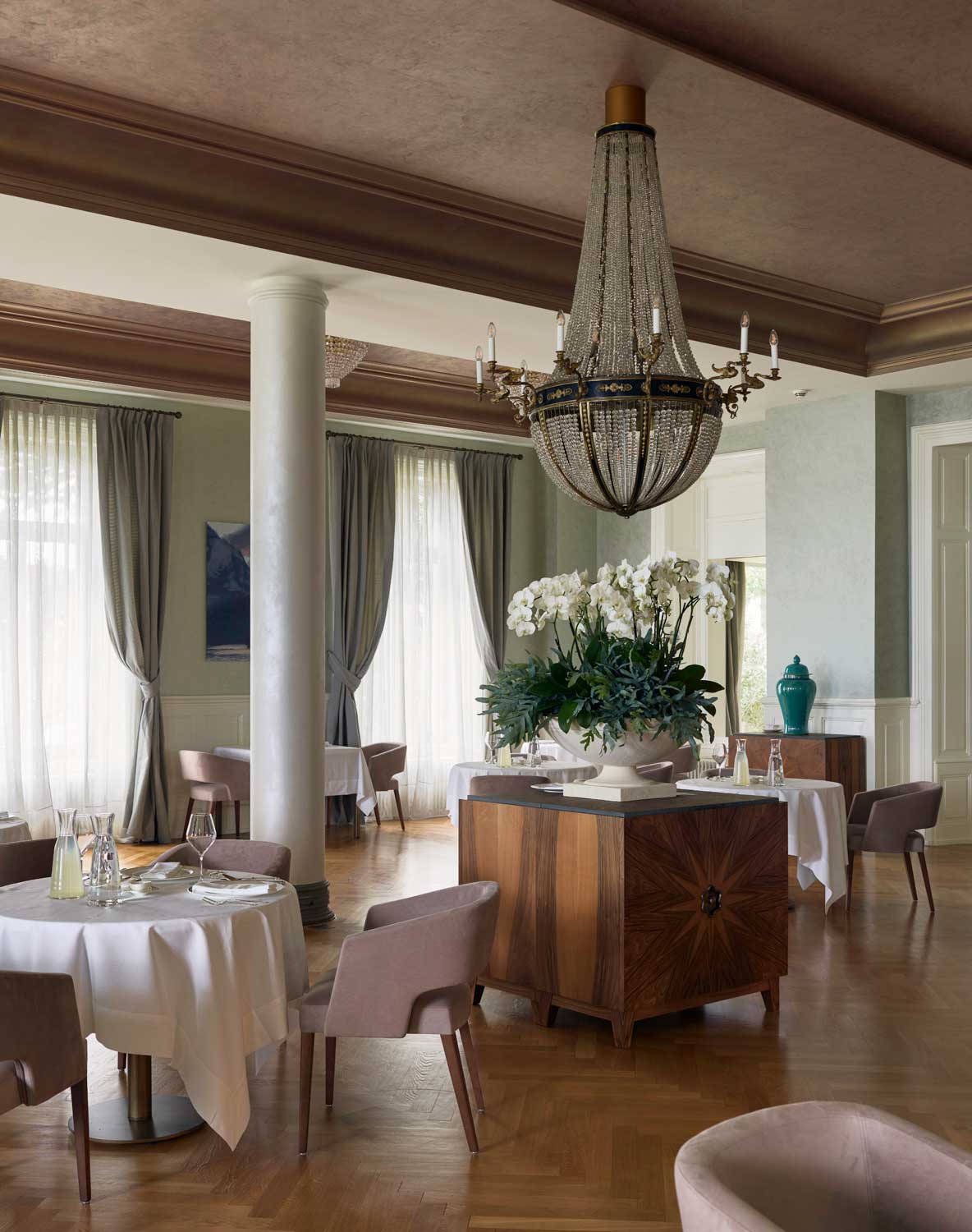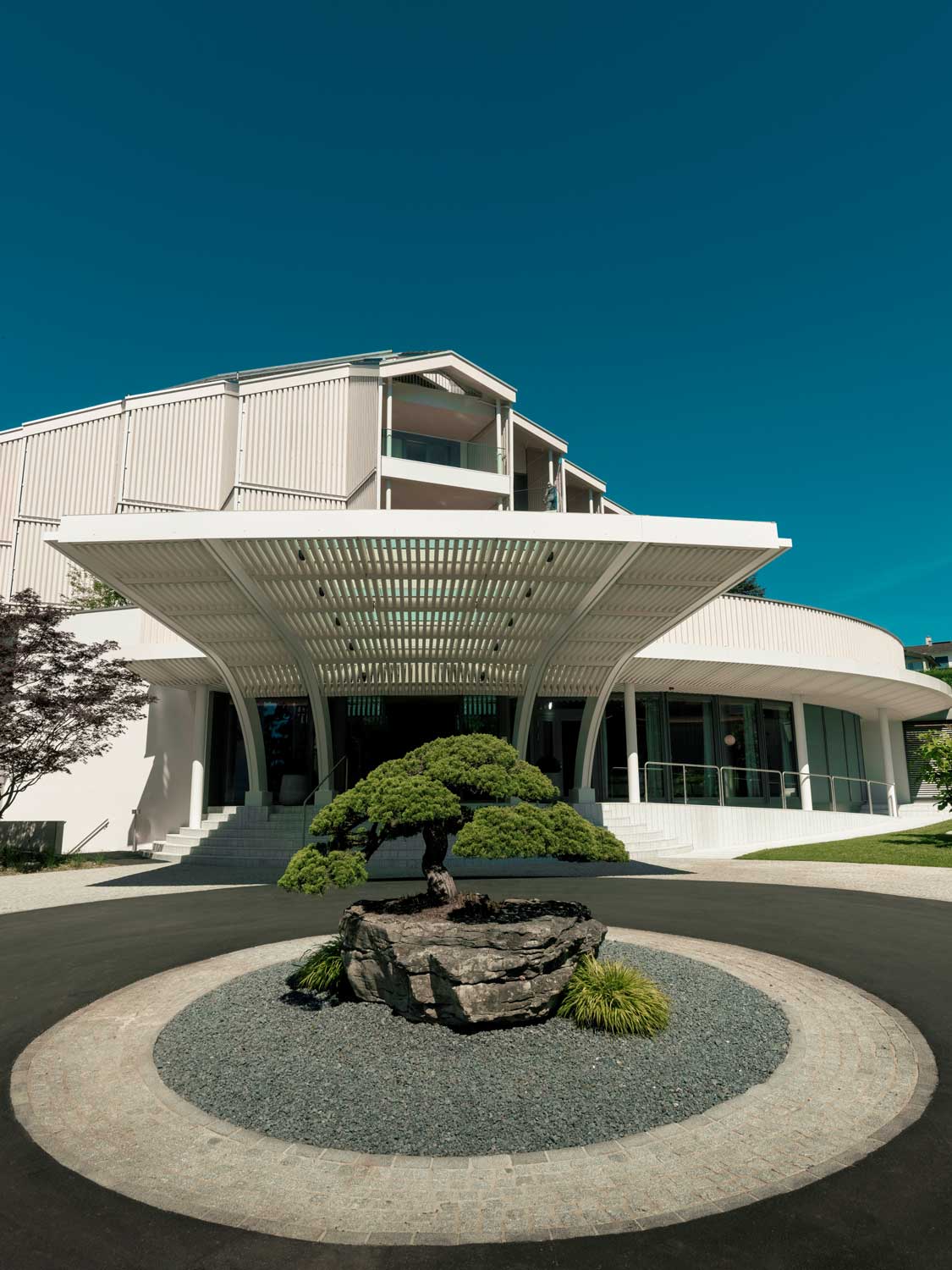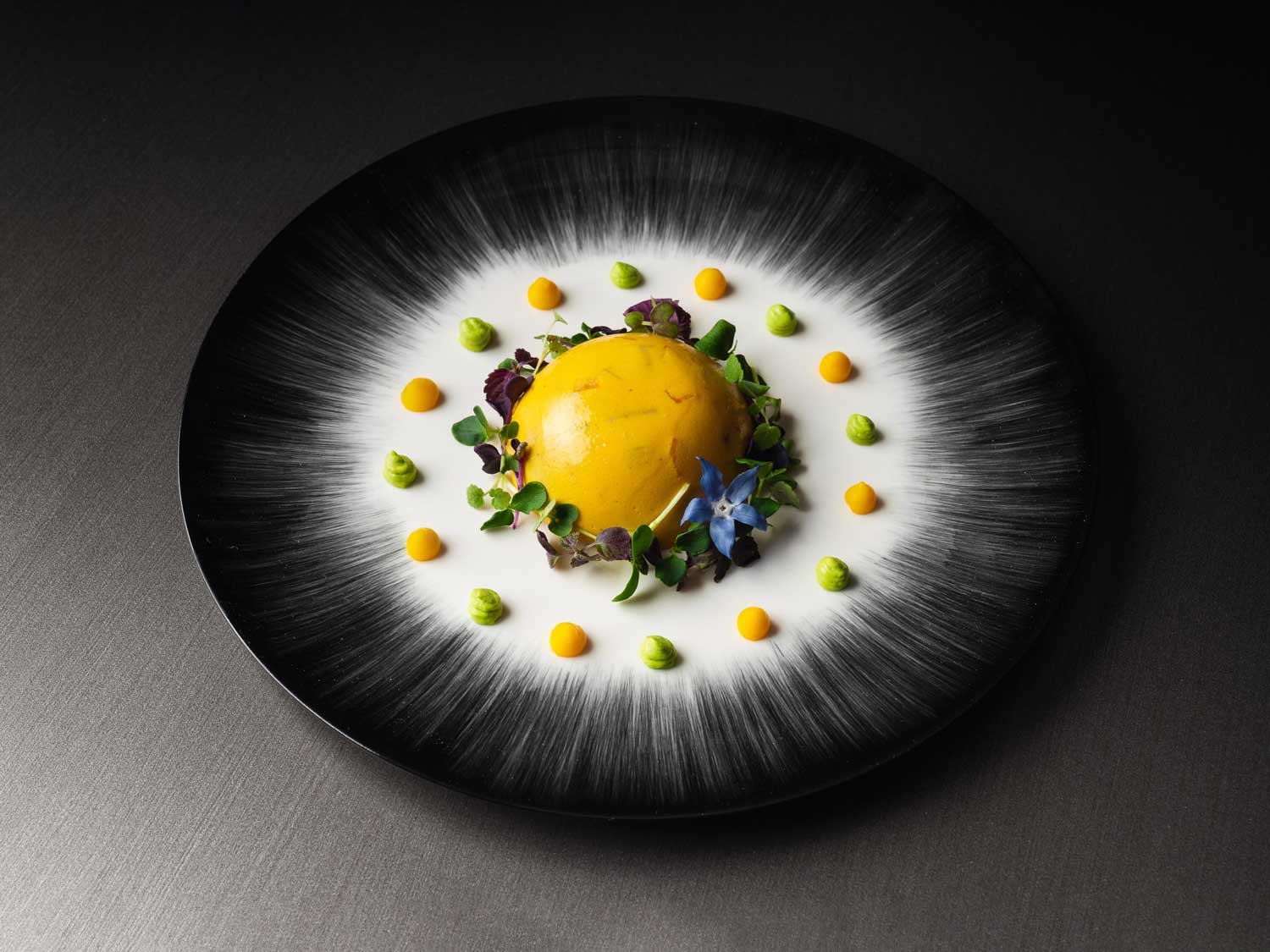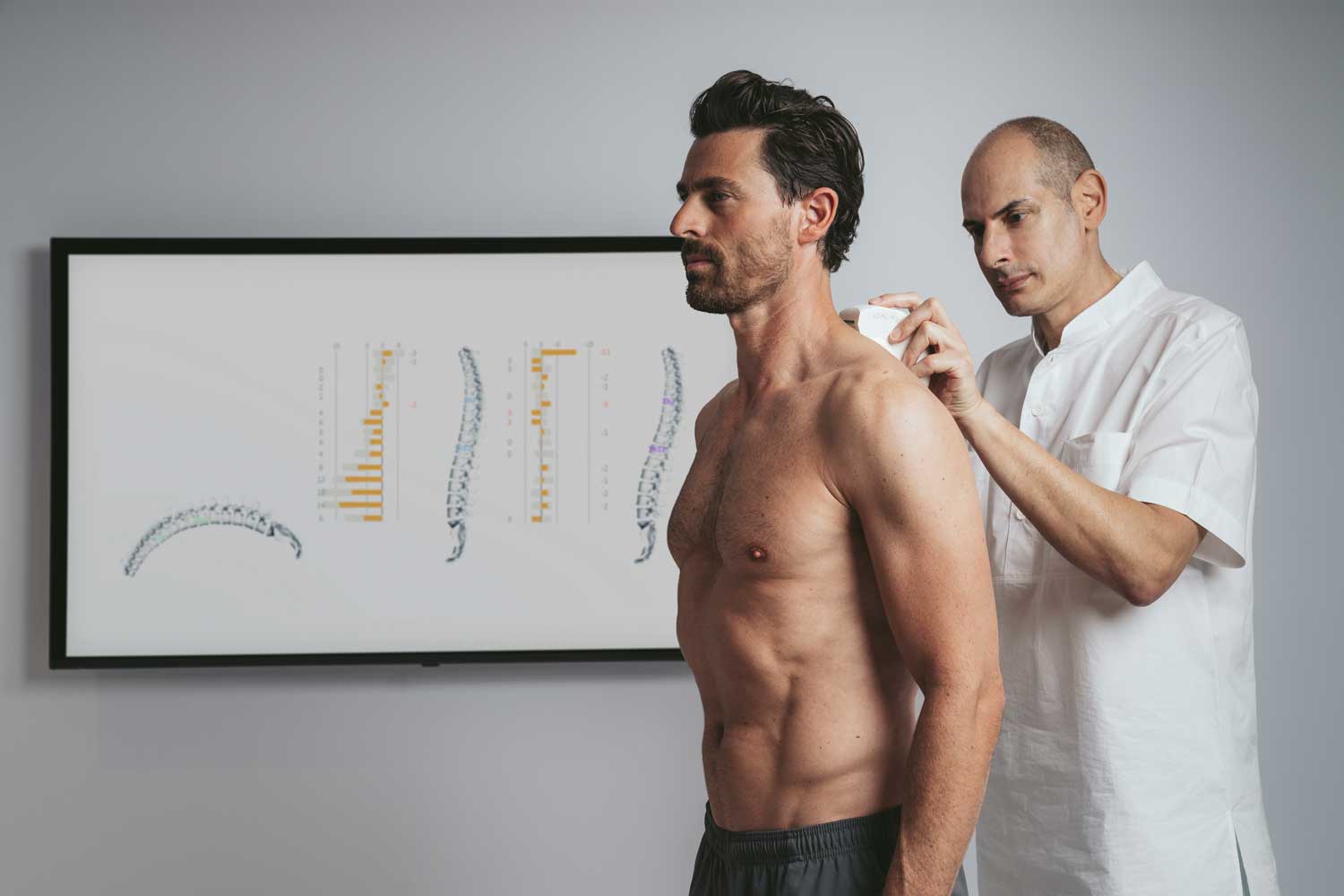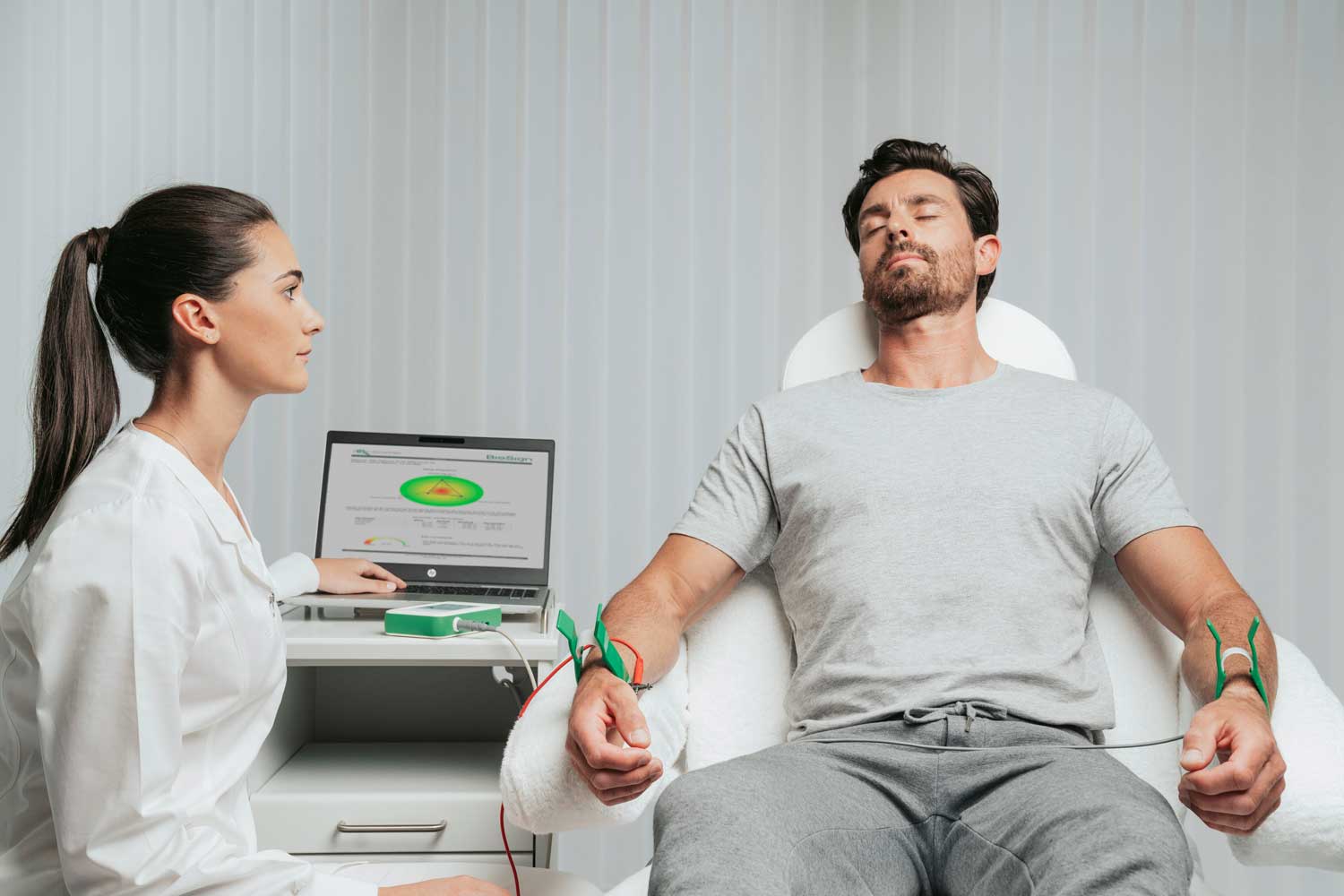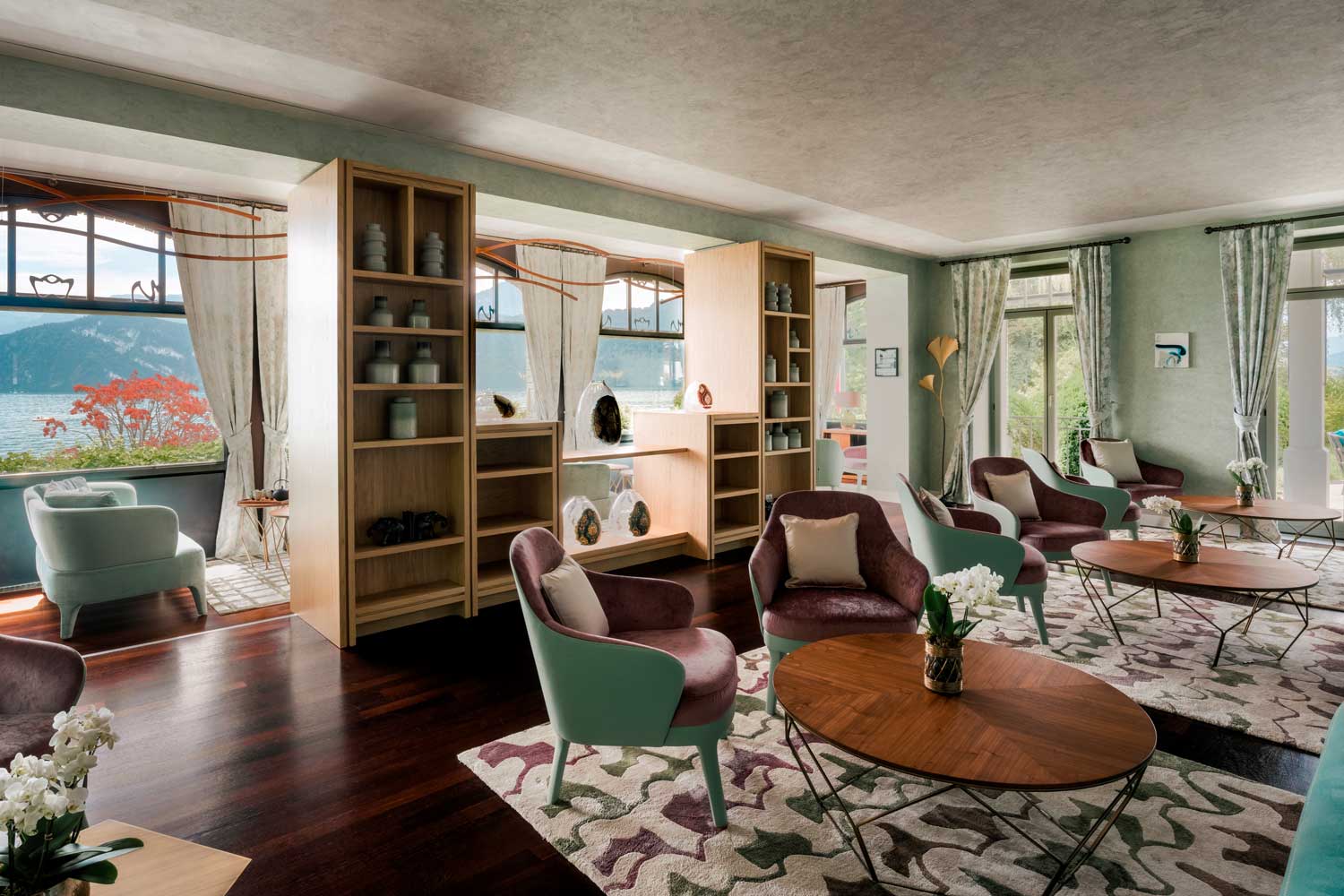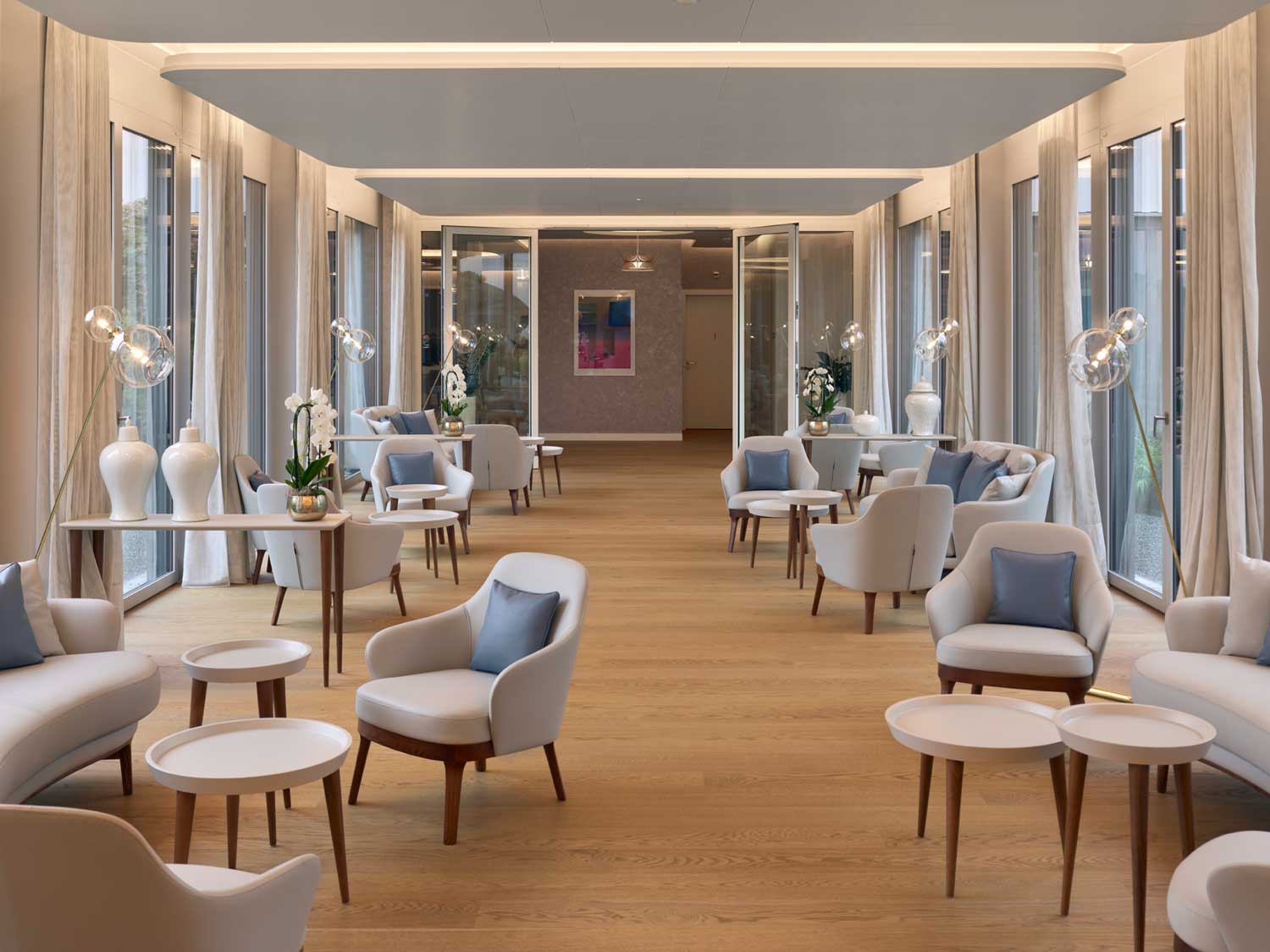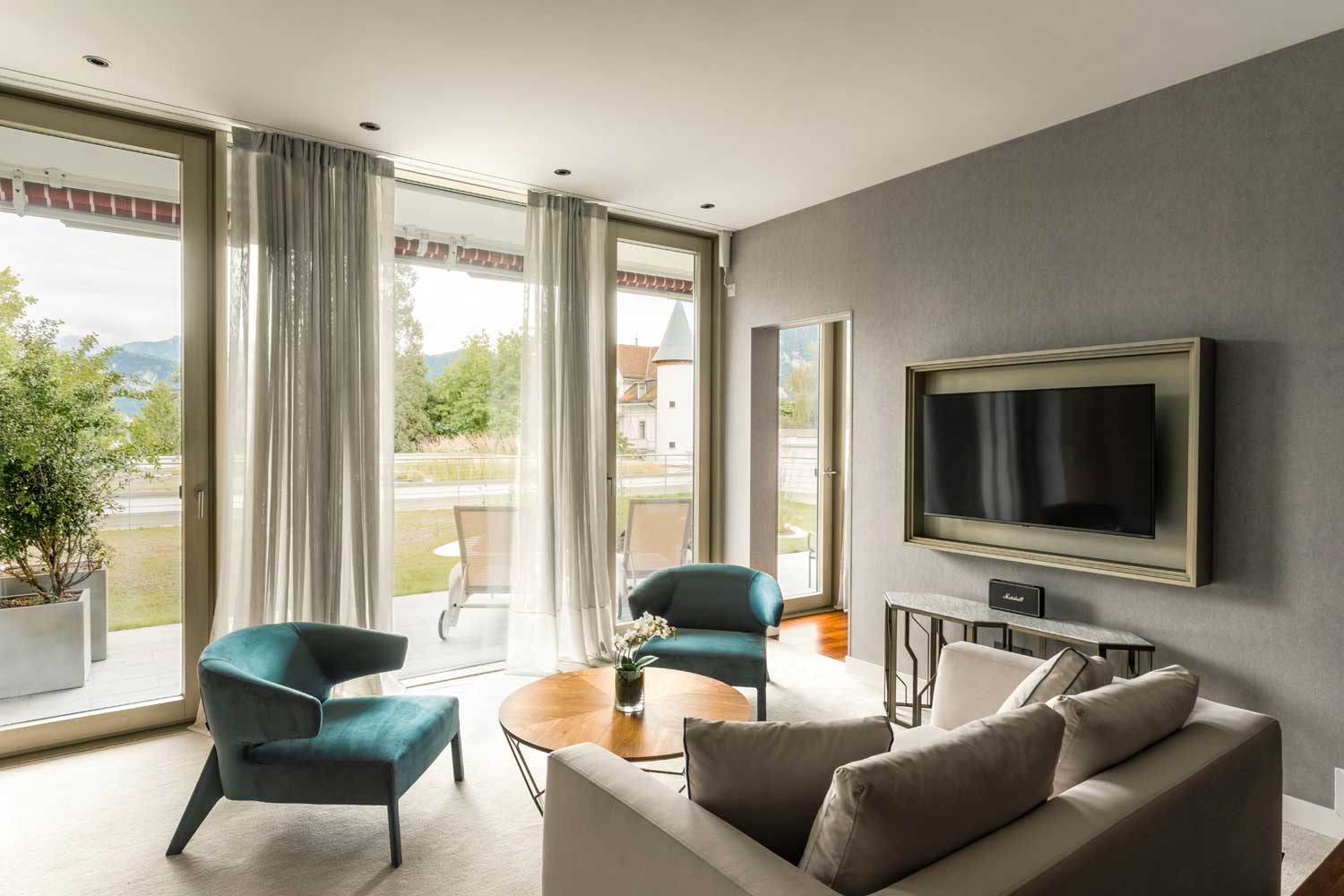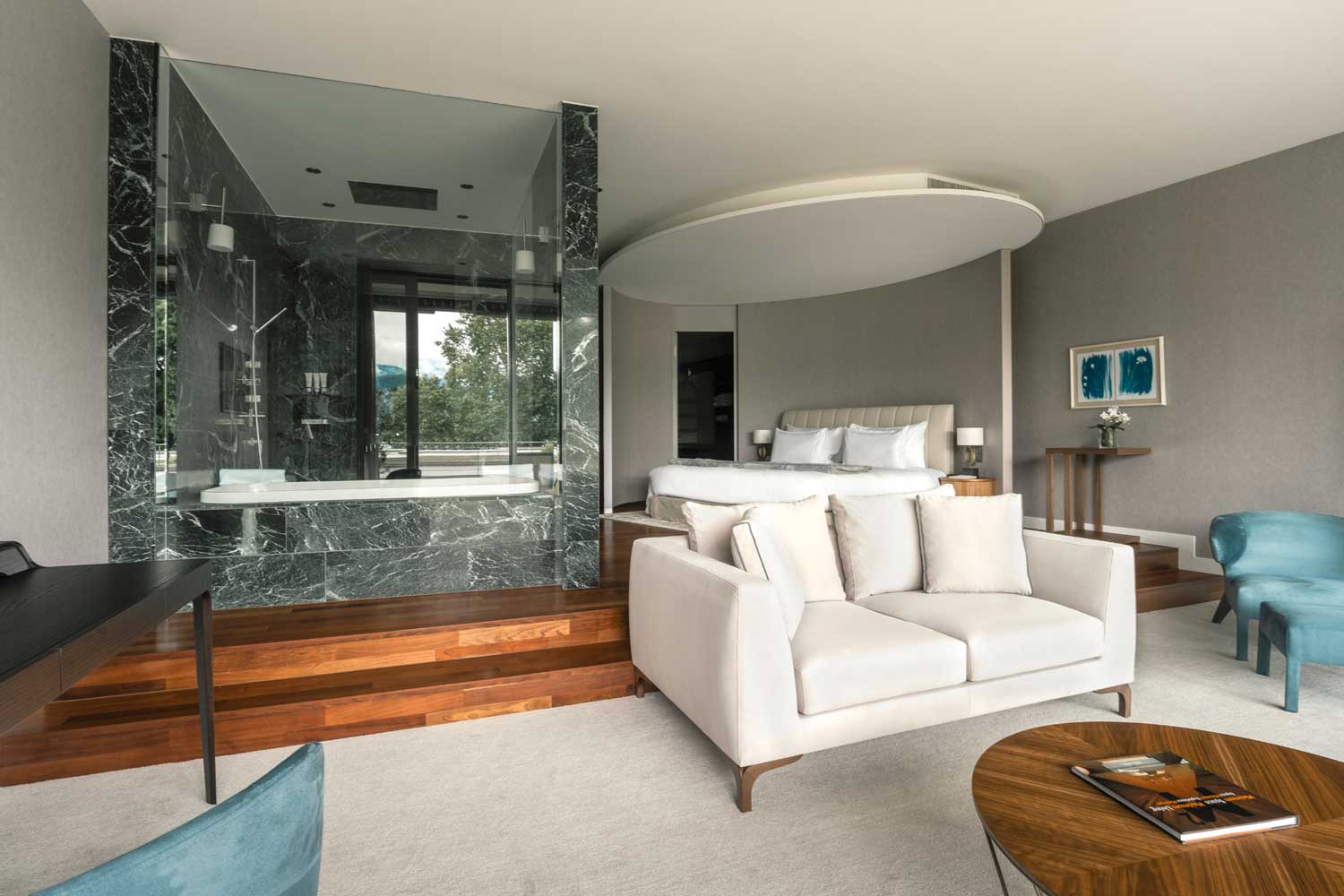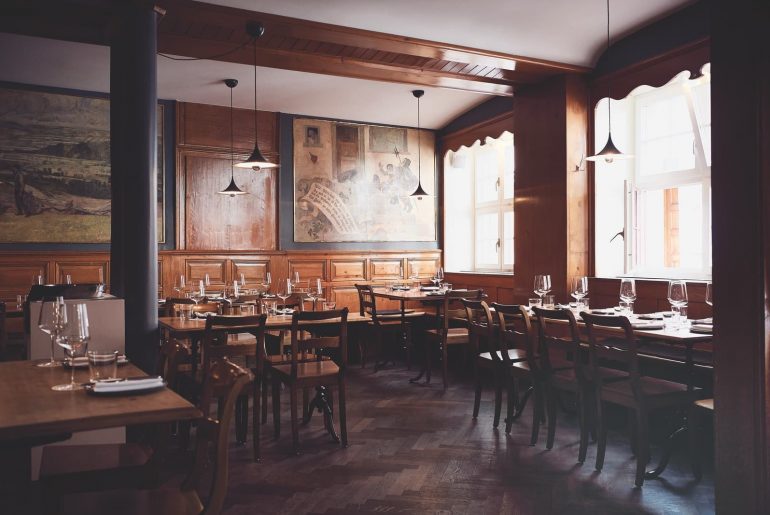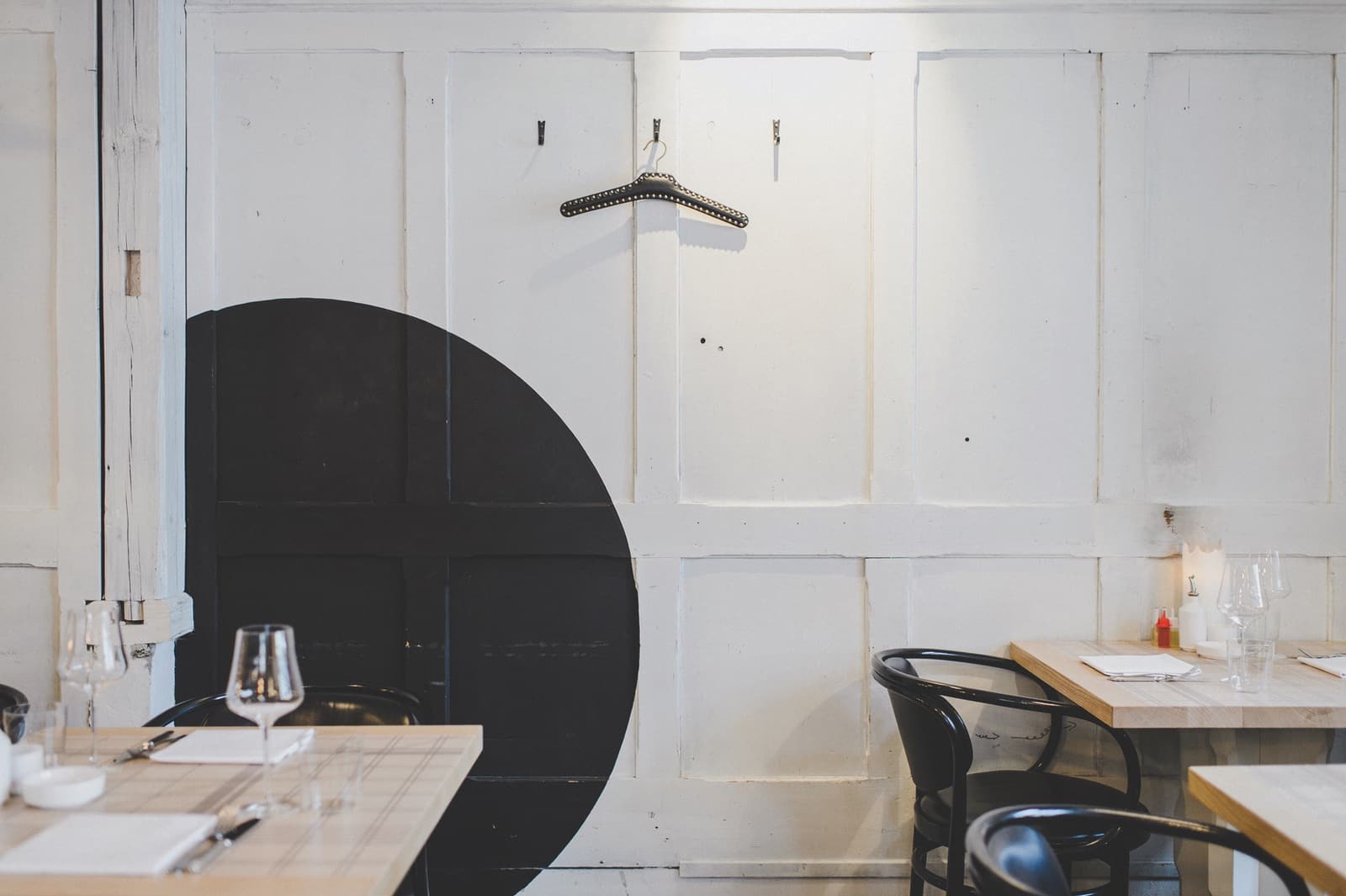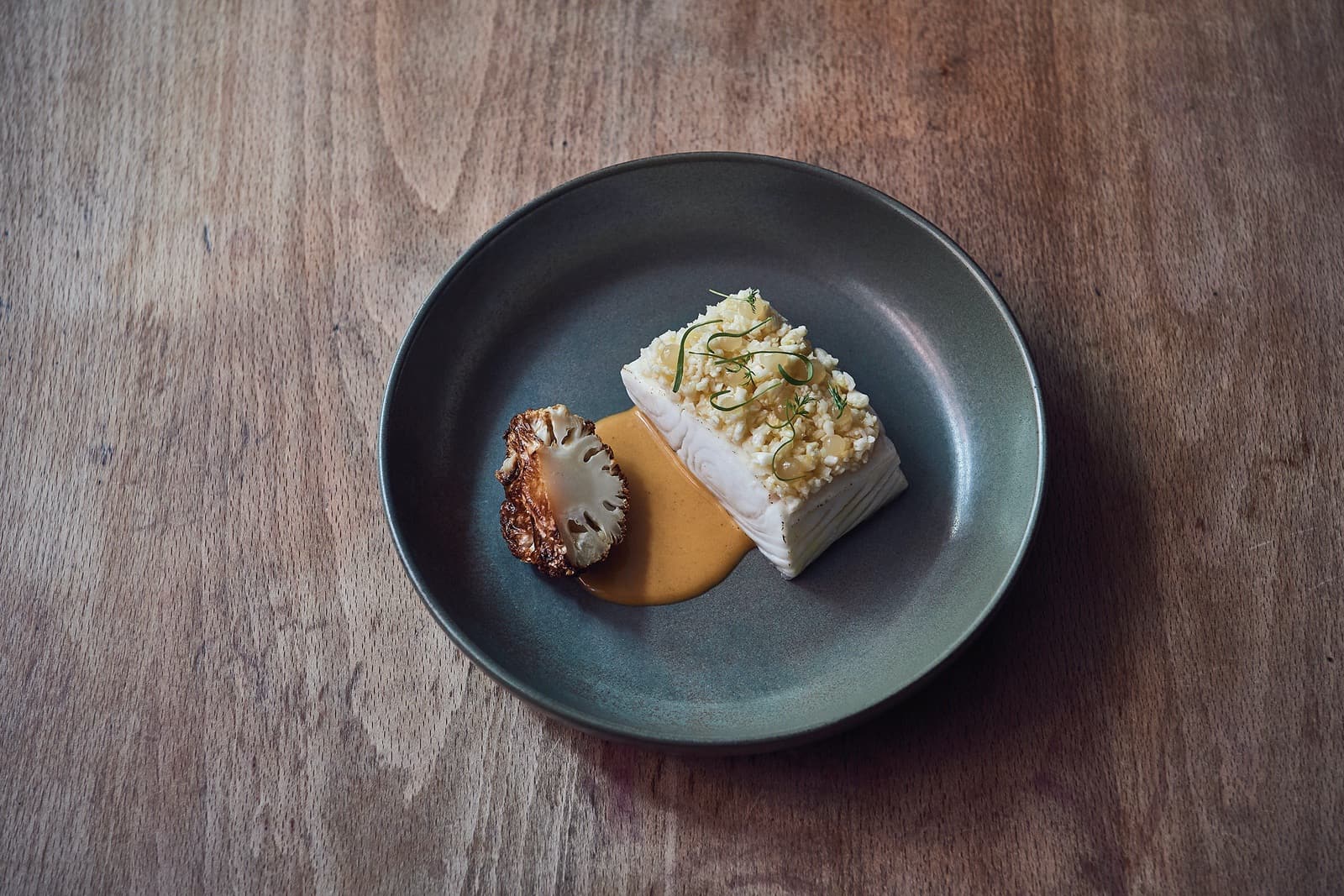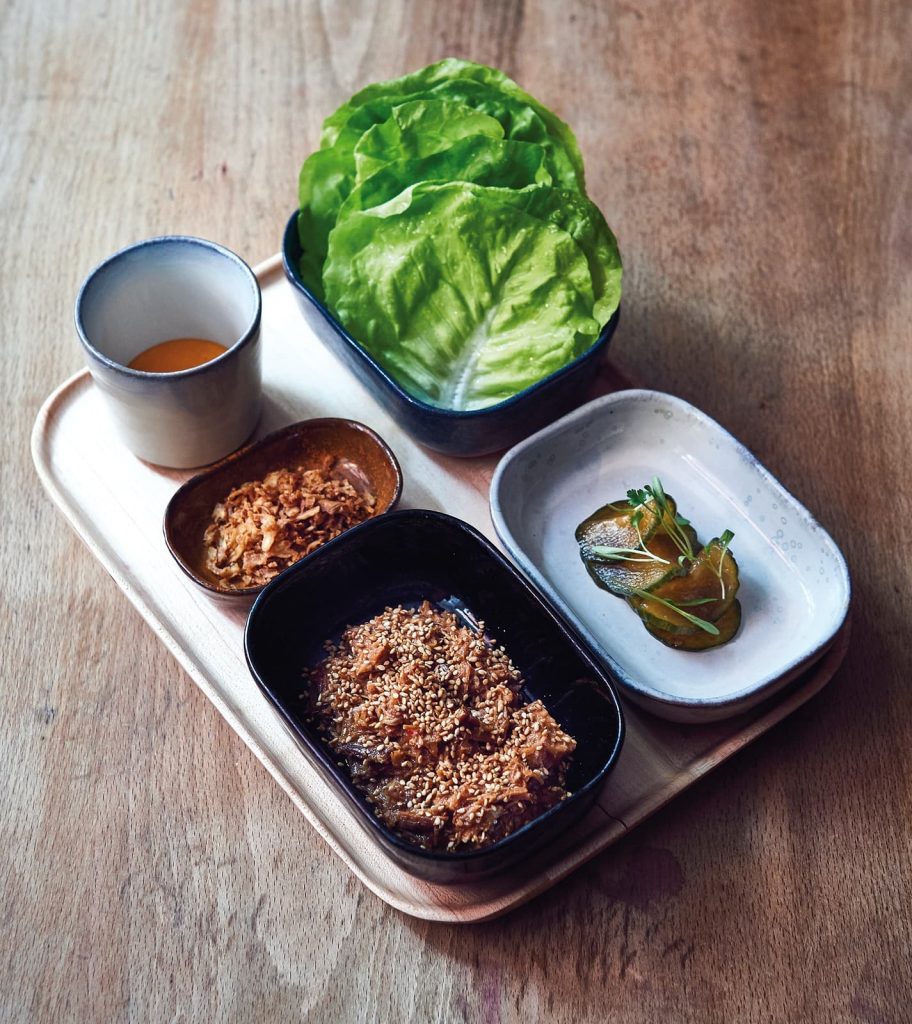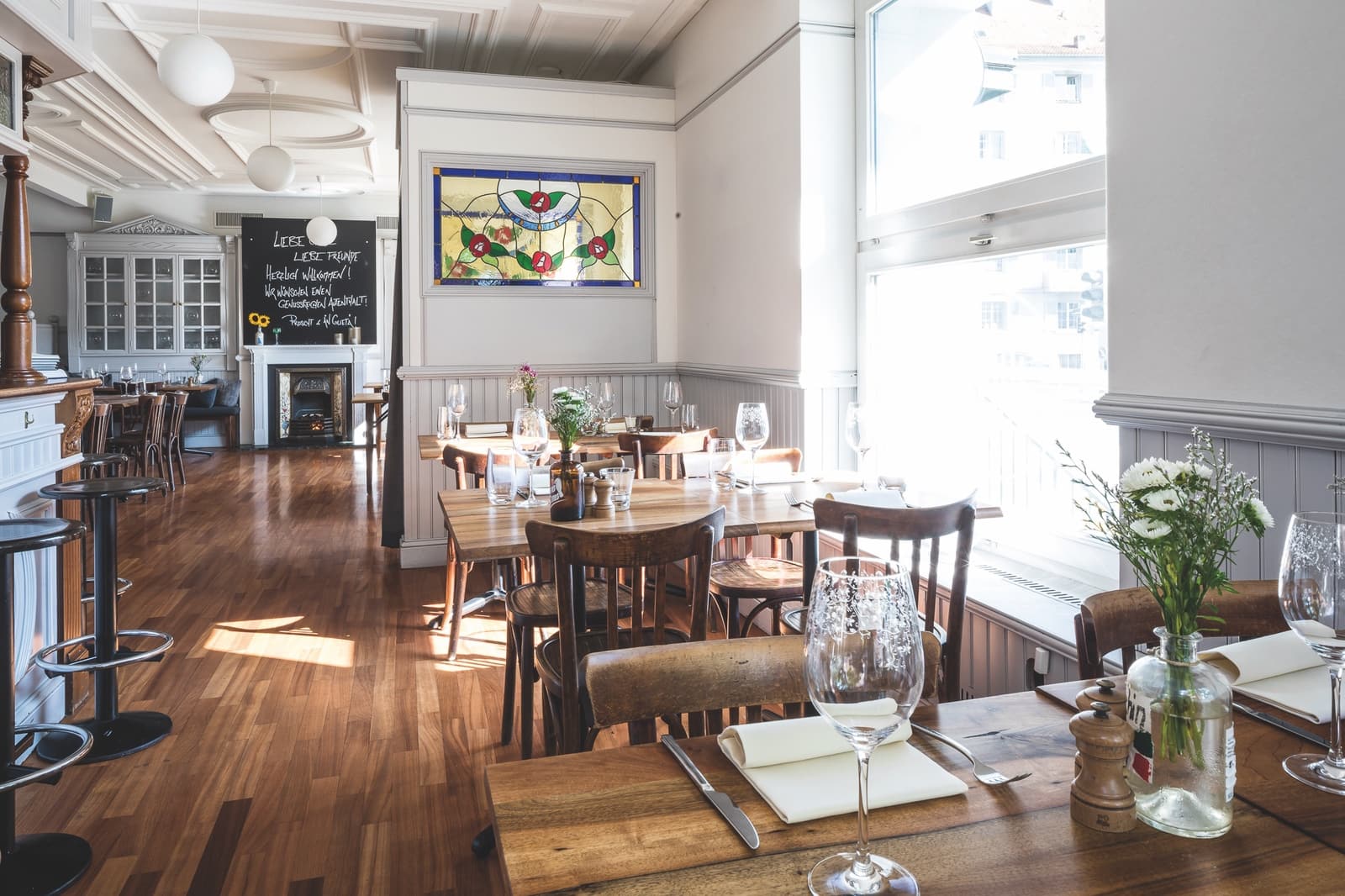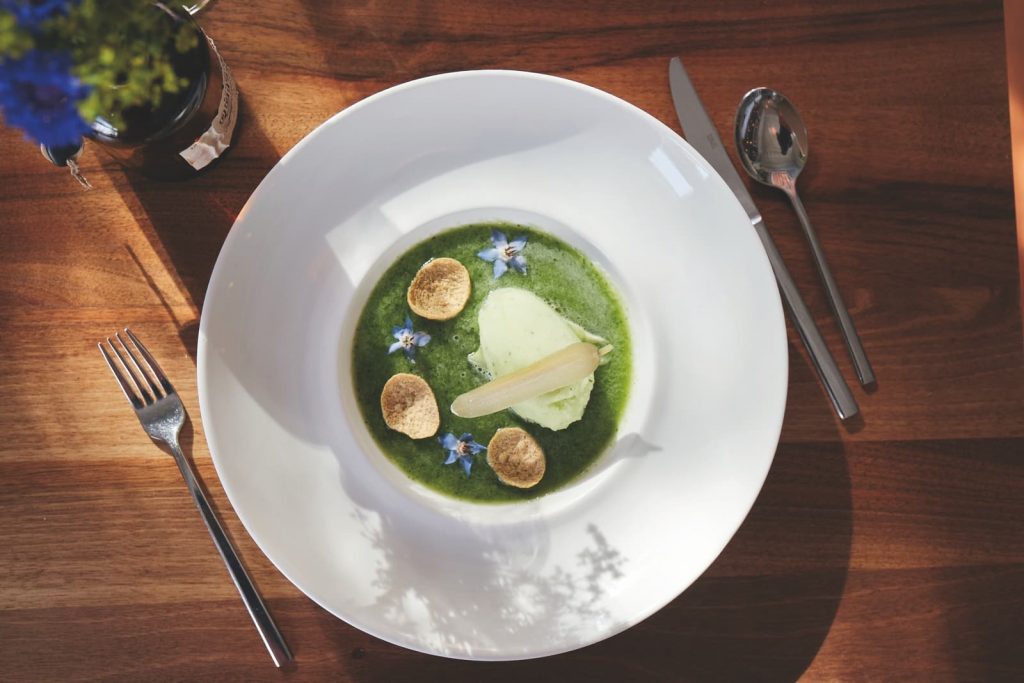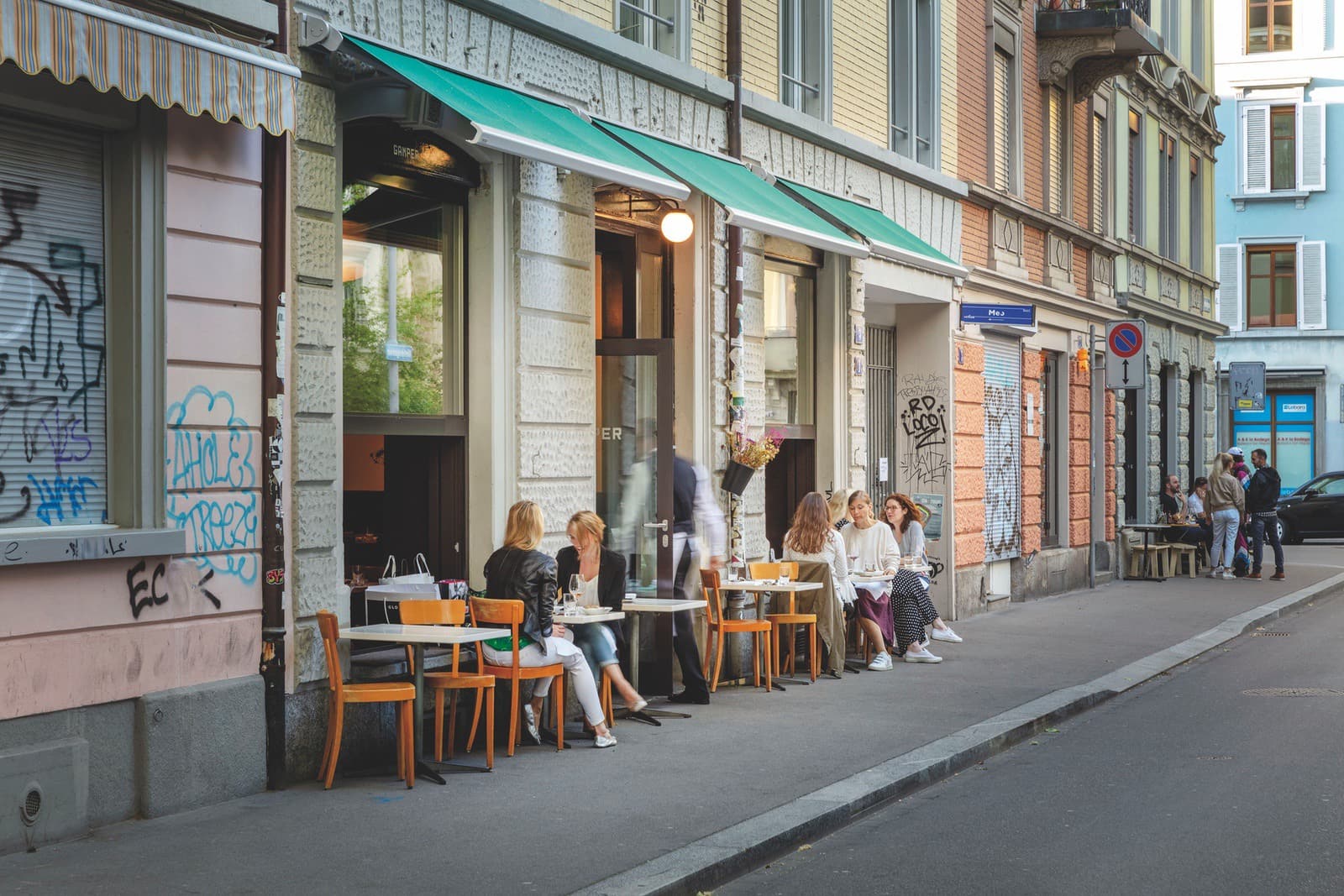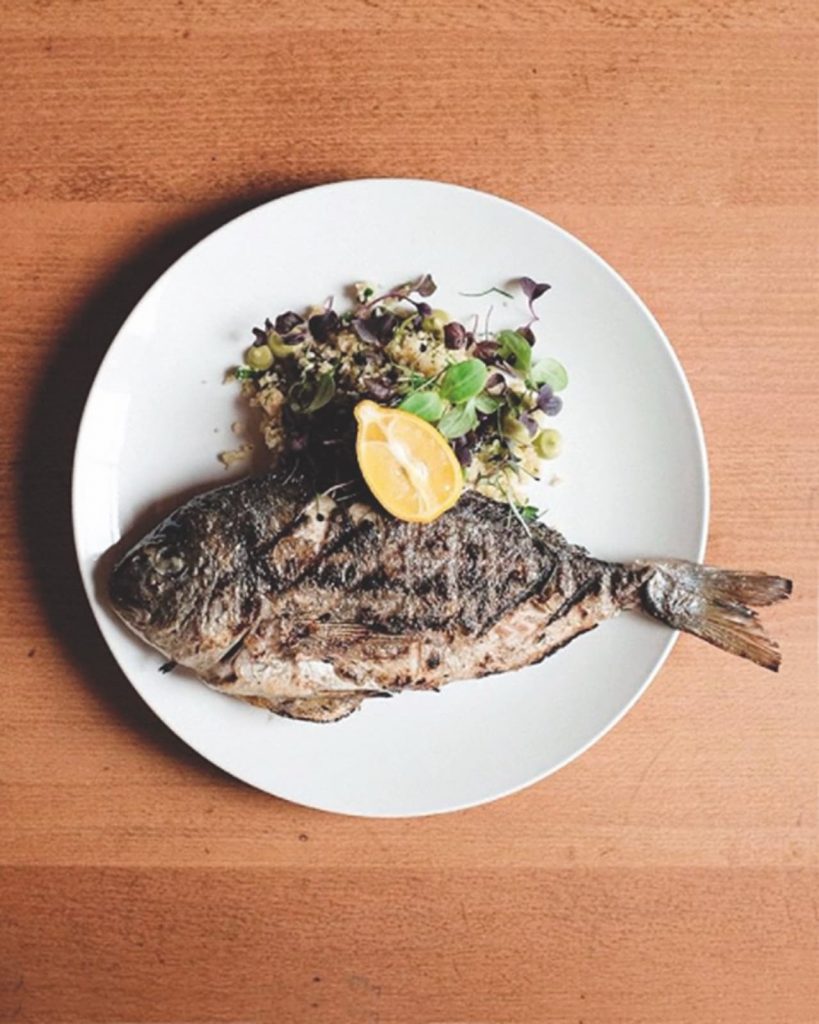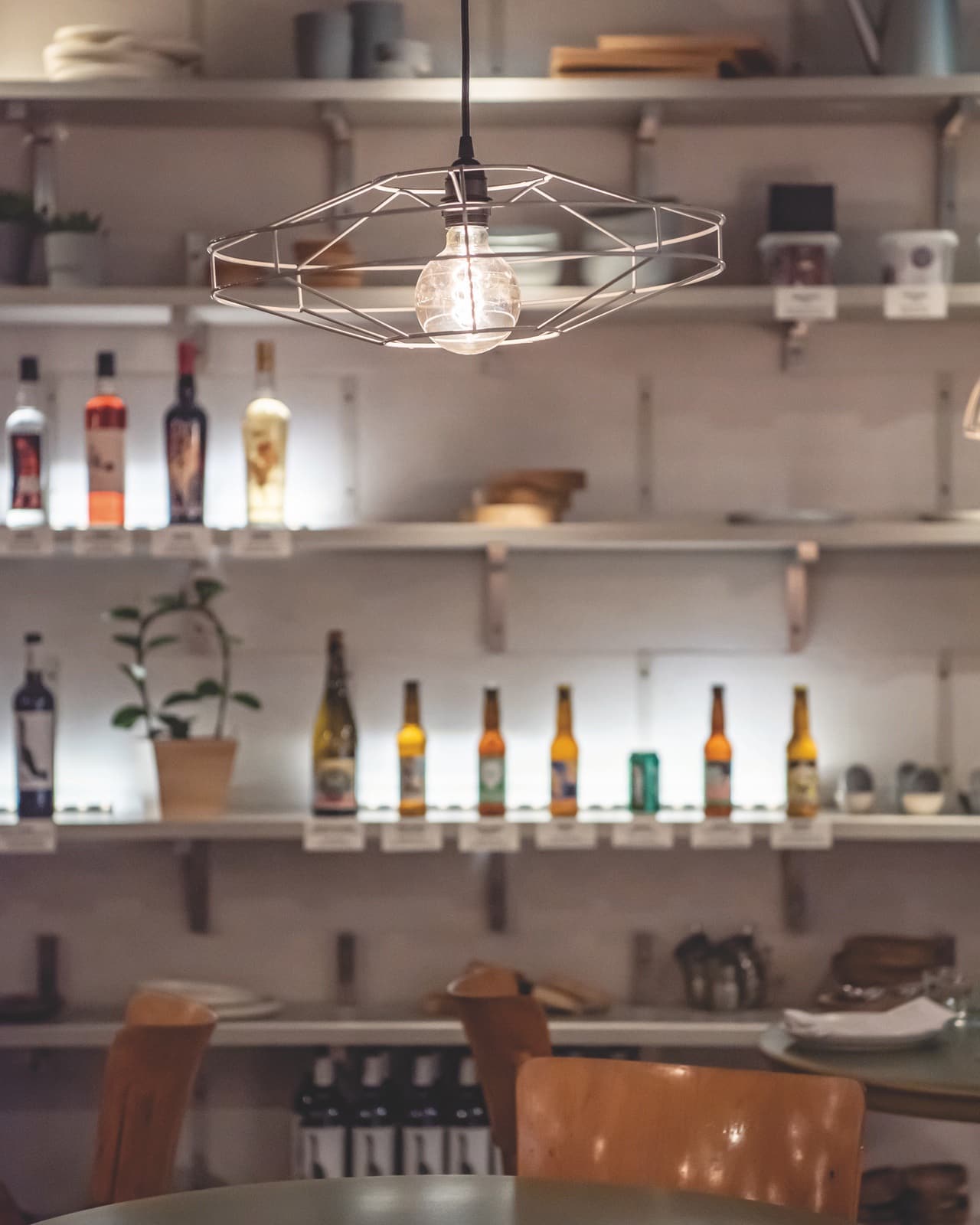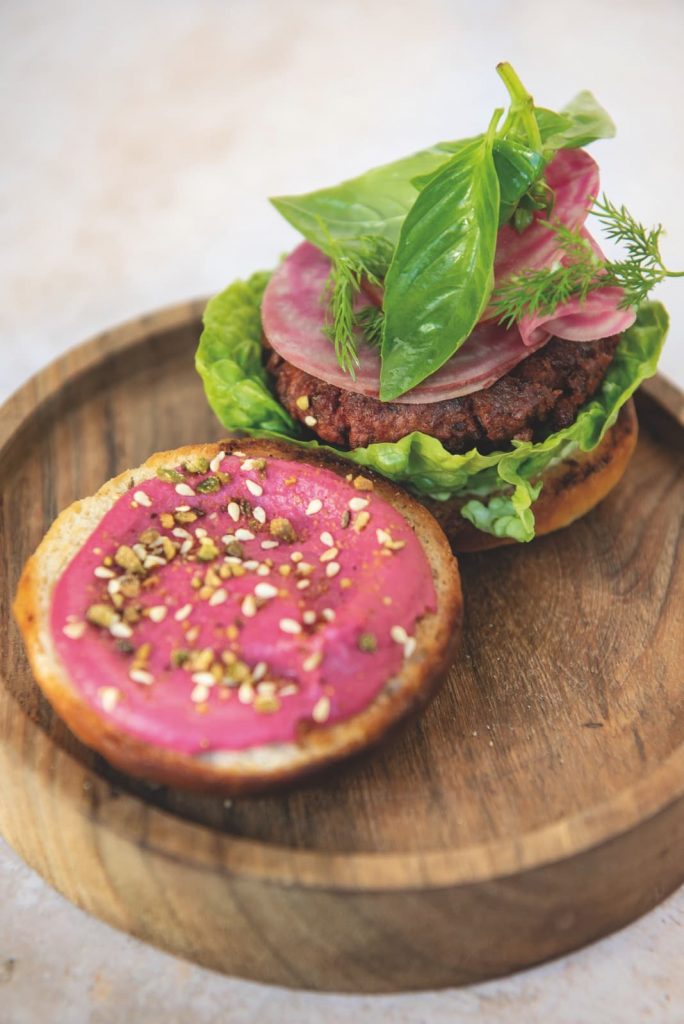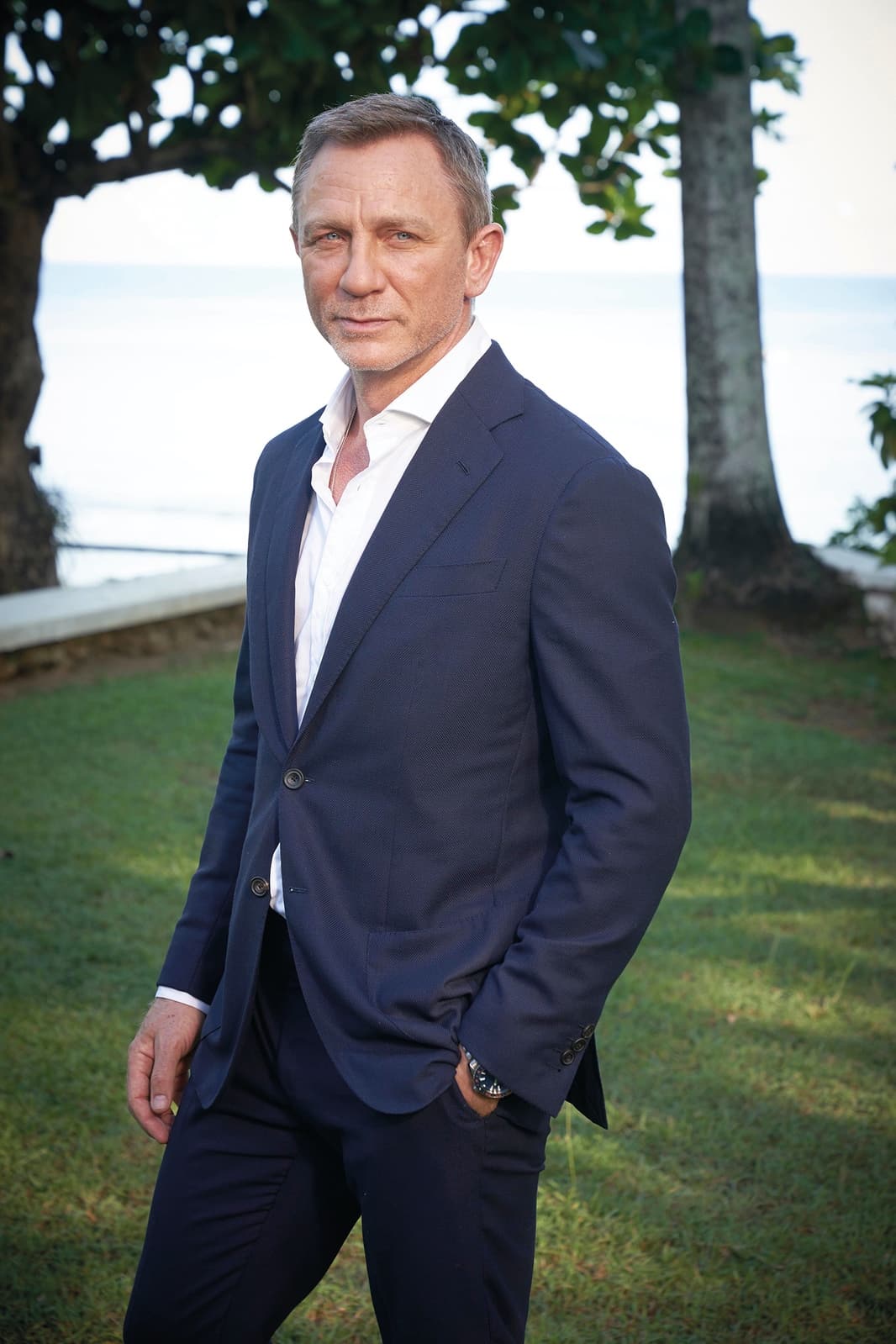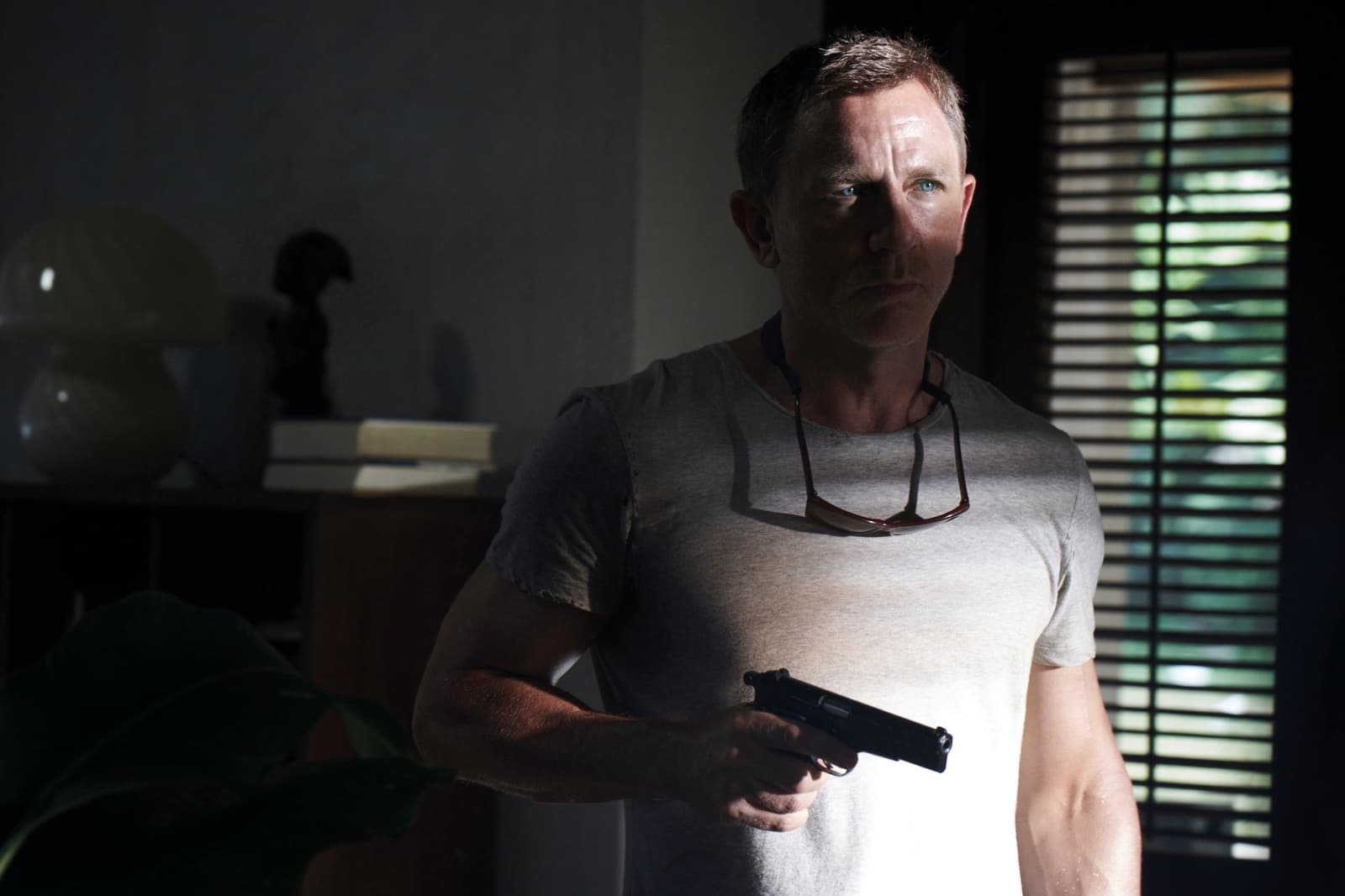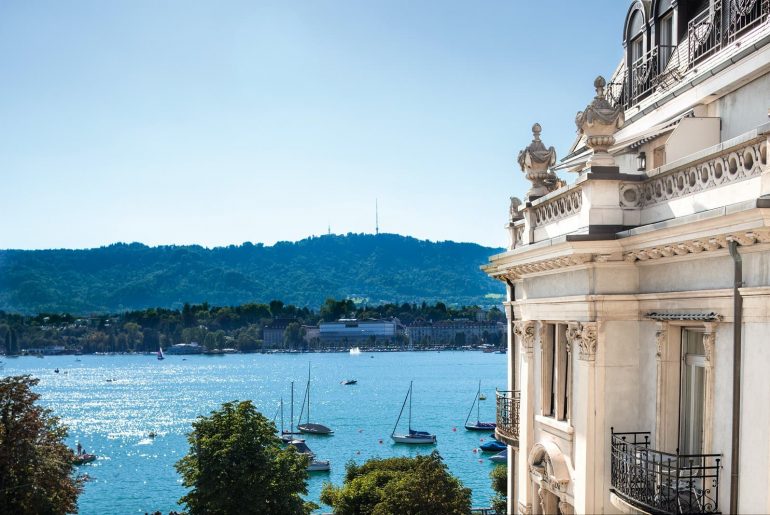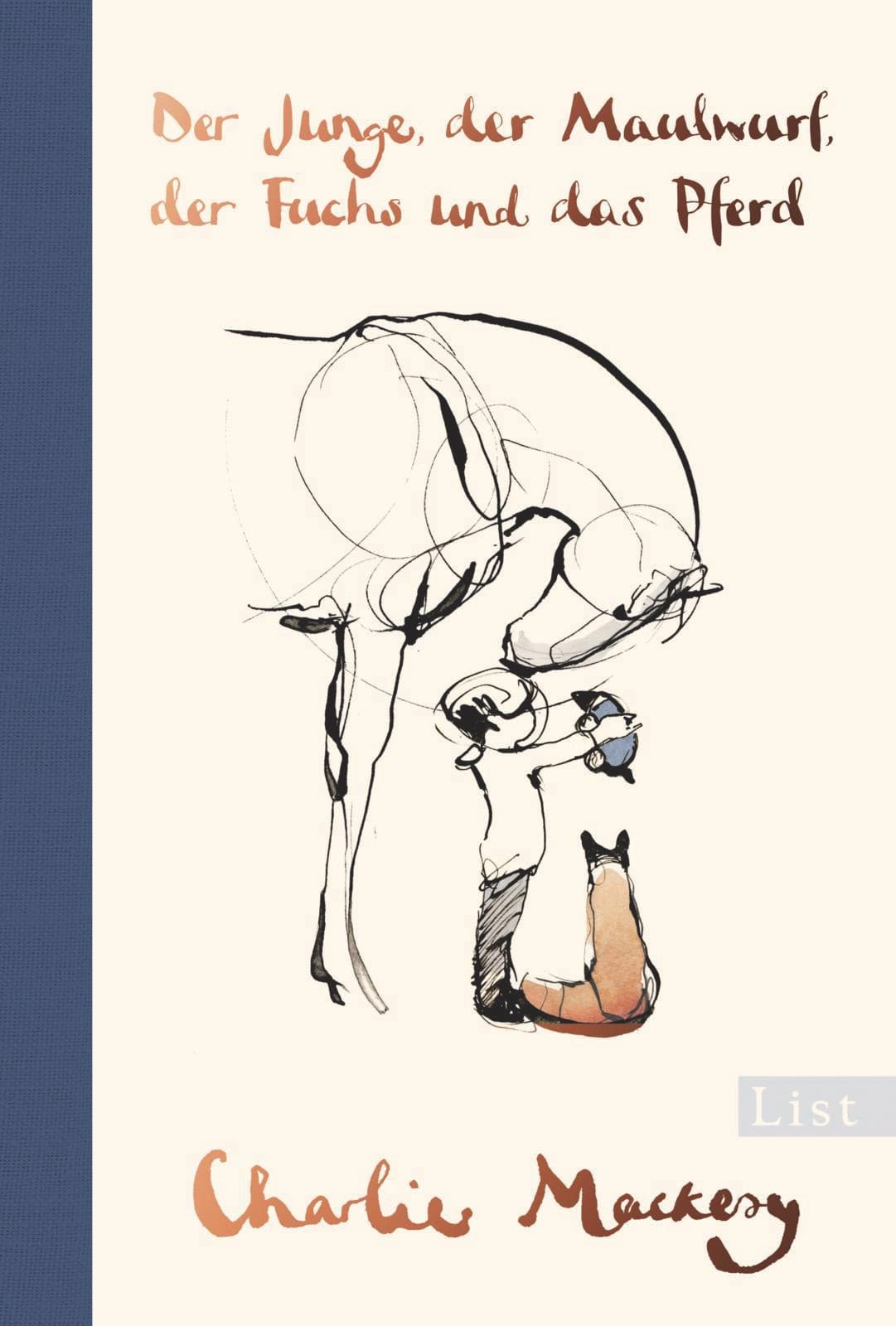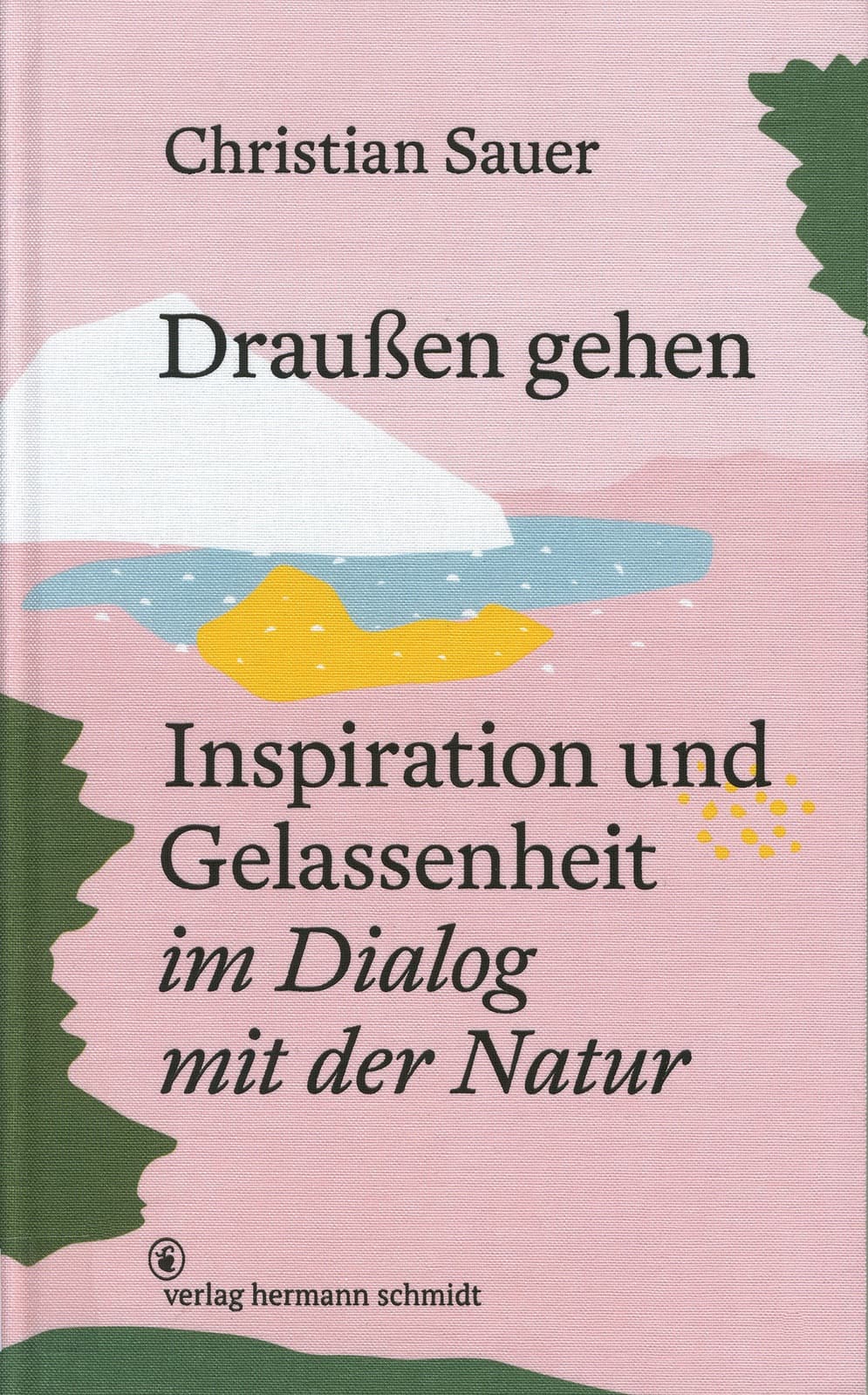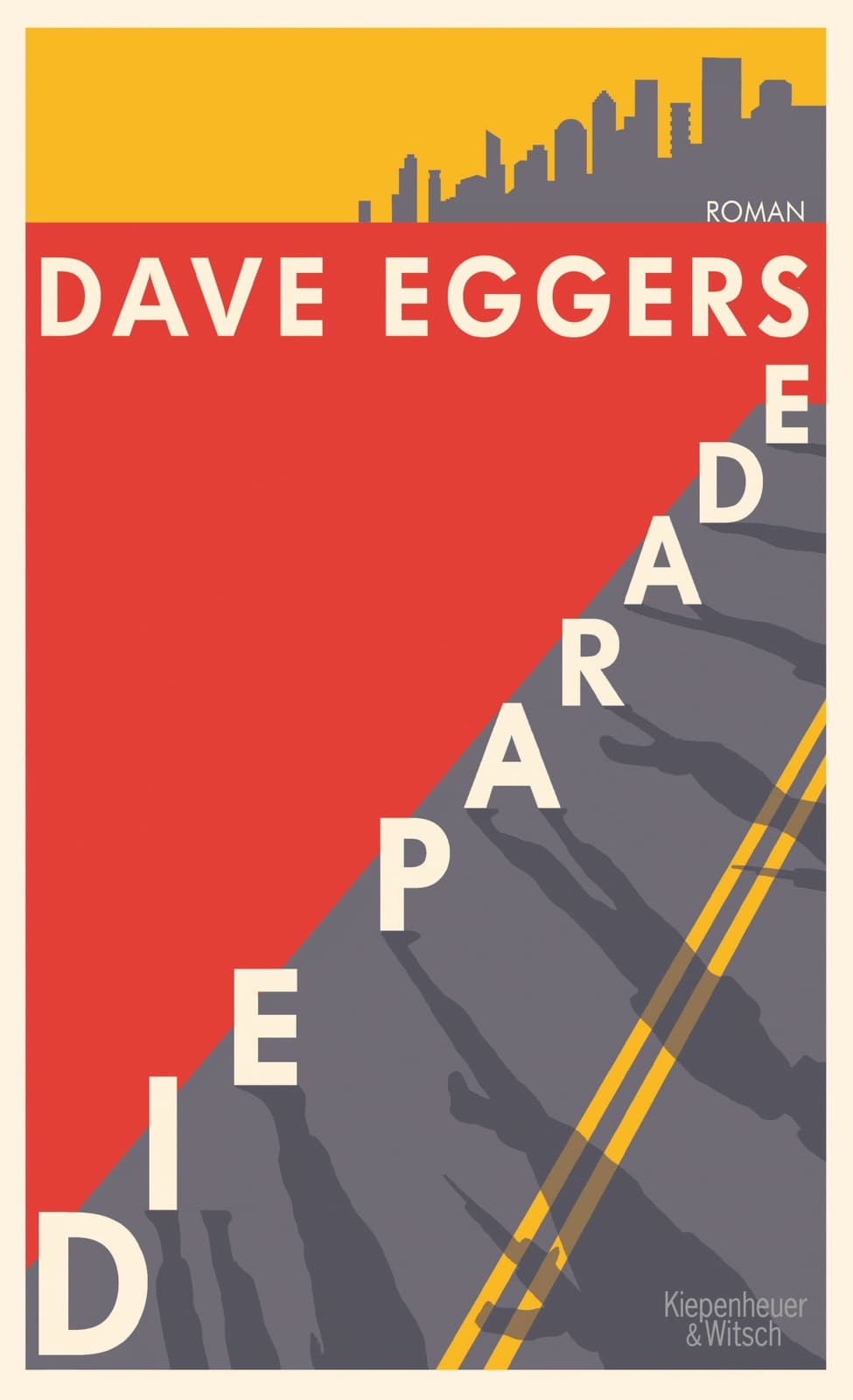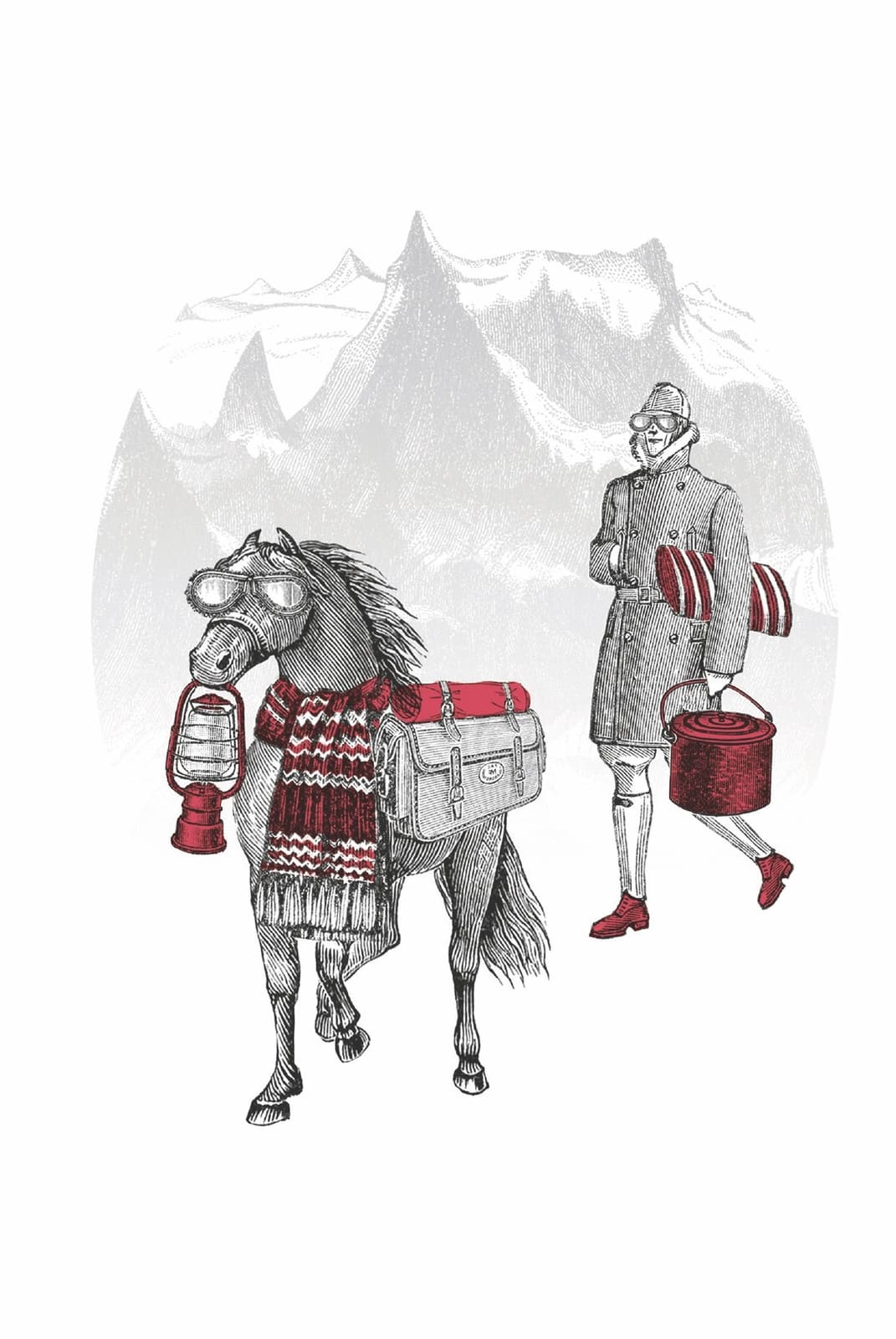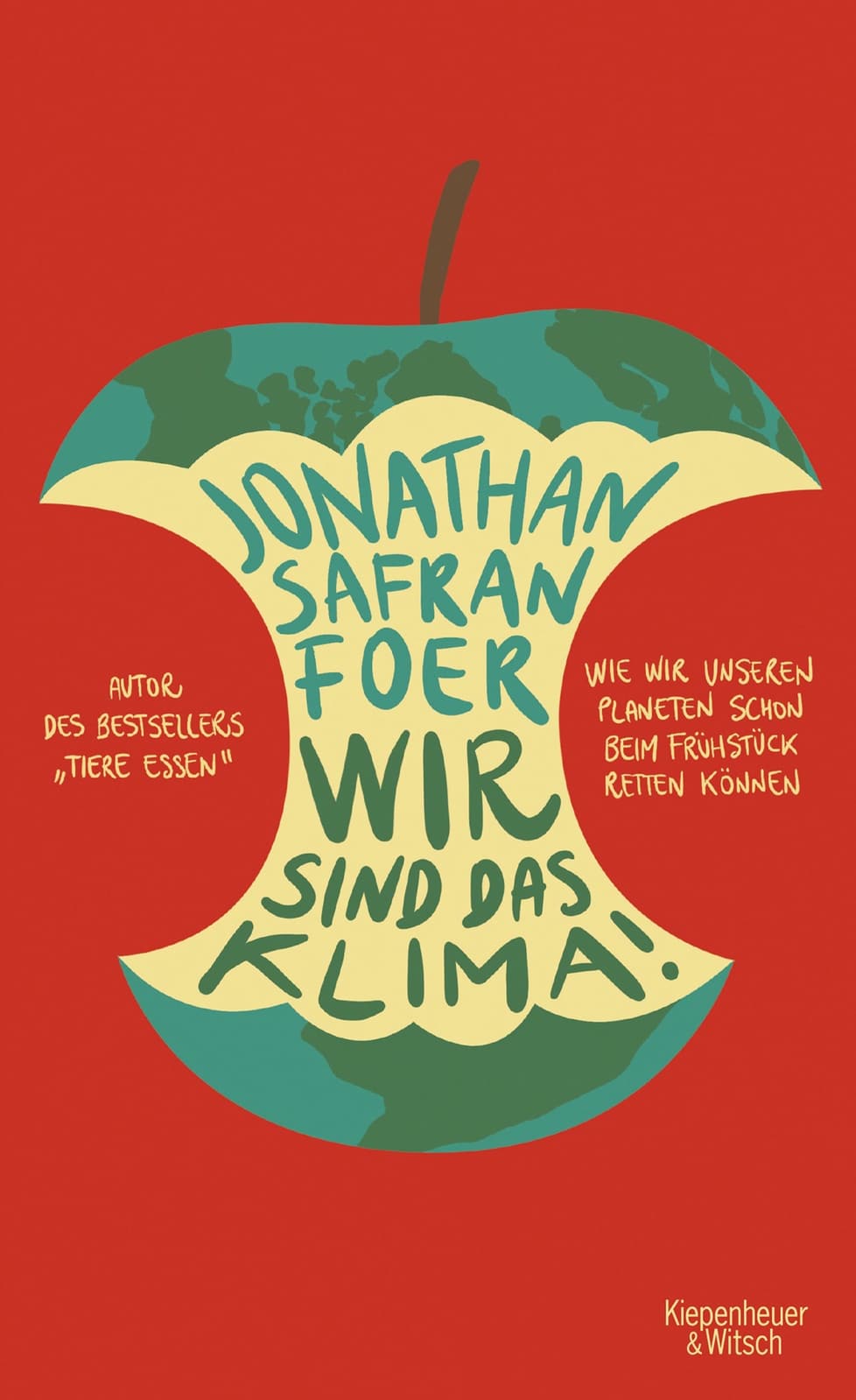Fast, durable and strong – fully electronic sports cars are the sparkling highlight in the electric car world and now you can enjoy the almost silent driving pleasure over increasingly longer distances.
From zero to one hundred in 3.7 seconds, 598 horsepower under the hood, fully electric and a range of up to 504 kilometers –that is the Taycan GTS Sport Tourismo. When Porsche presented the first model of the Taycan in 2019, it was a milestone in the history of the company. And in the history of the sports car. An electric speedster that does not have to look for the next power socket after just a few kilometers to feed the hundreds of horsepower. The Taycan has wholeheartedly earned the attribute «sporty». Virtually without a sound it accelerates up to 250 km/h – when officially permitted – defying every criticism that a fully electronic vehicle can never earn the title «Sports car».
Since as early as 2014, fully electric sports cars have been competing in the FIA Formula E Championship. It was only a matter of time before the technology would make it onto the roads as a series vehicle. Nevertheless, it was still difficult to imagine. The issue of distance coverage remains to this day criteria number one together with the charging options, when it comes down to purchasing an electric car. And that a car with hundreds of horsepower can drive hundreds of kilometers at top speeds, well – it was never a certainty.
No way? And all of a sudden it’s here!
The car manufacturers proved us wrong and bestowed on us pure driving pleasure. And they are not stopping there; the number of models is constantly increasing. Lexus just recently presented its fans with the new horsepower-laden and fully electric vehicle. Currently without a name, but they promise a sprint from zero to hundred in a low two-second range and a coverage distance of up to 700 km. Then there is also the Audi RS e-tron GT. It also leaves 400 km behind it with one charge, also accelerates from zero to one hundred in 3.7 seconds, has over 475 horsepower and is 80 percent charged in roughly 22 minutes.
In May 2021 it was also made known that in 2026 a fully electric Lamborghini would come off the production line. There have also been reports from Maranello. At Ferrari they are working under the name «Project F244» on the first 100-percent E-Model. It should be manufactured in 2024. It will resemble the new Purosangue, so they say in Italy. And it will be the new and first SUV from the Italian sports car legend.
And let us, of course, not forget the Tesla Roadster. It manages zero to one hundred in 2.1 seconds. It drives a maximum of 400 km/h and has a coverage distance of up to 1000 km! And just to make sure that everyone can see how much fun it is to drive this car, the roof is made of glass and can be removed. It’s hard to envisage more fun. Simply electrifying.
Photos Copyrights: Tesla, Audi, Porsche, Lexus





















